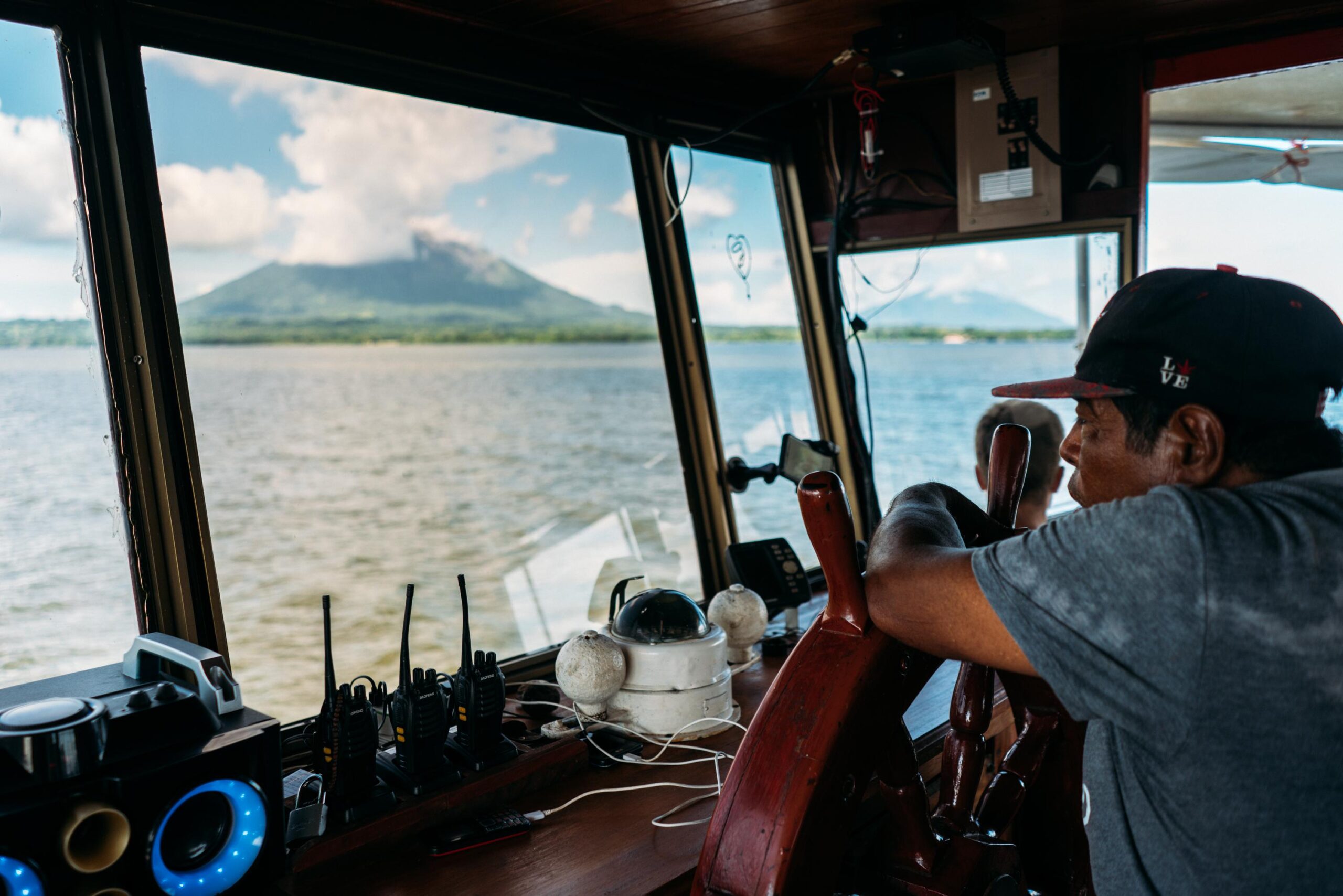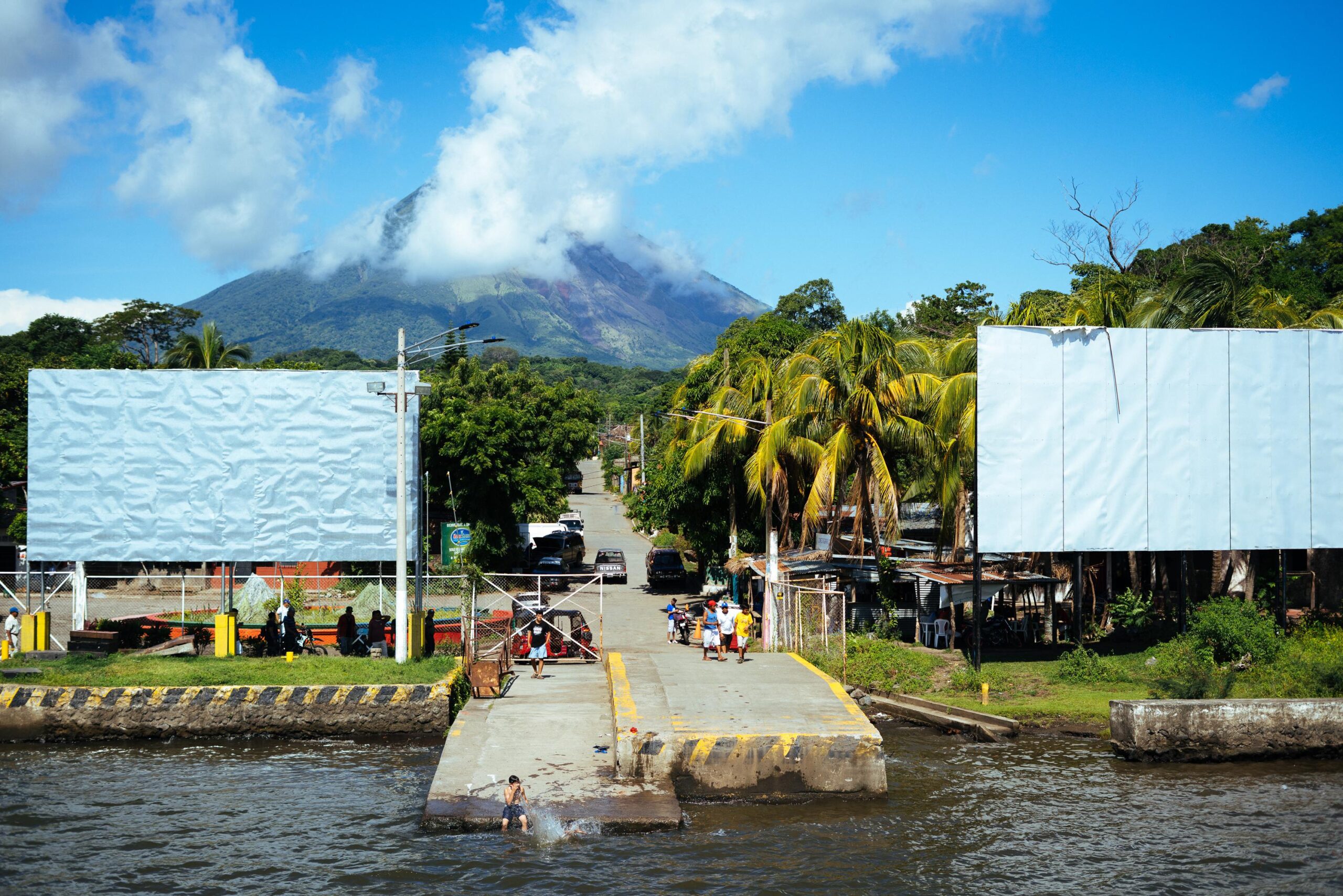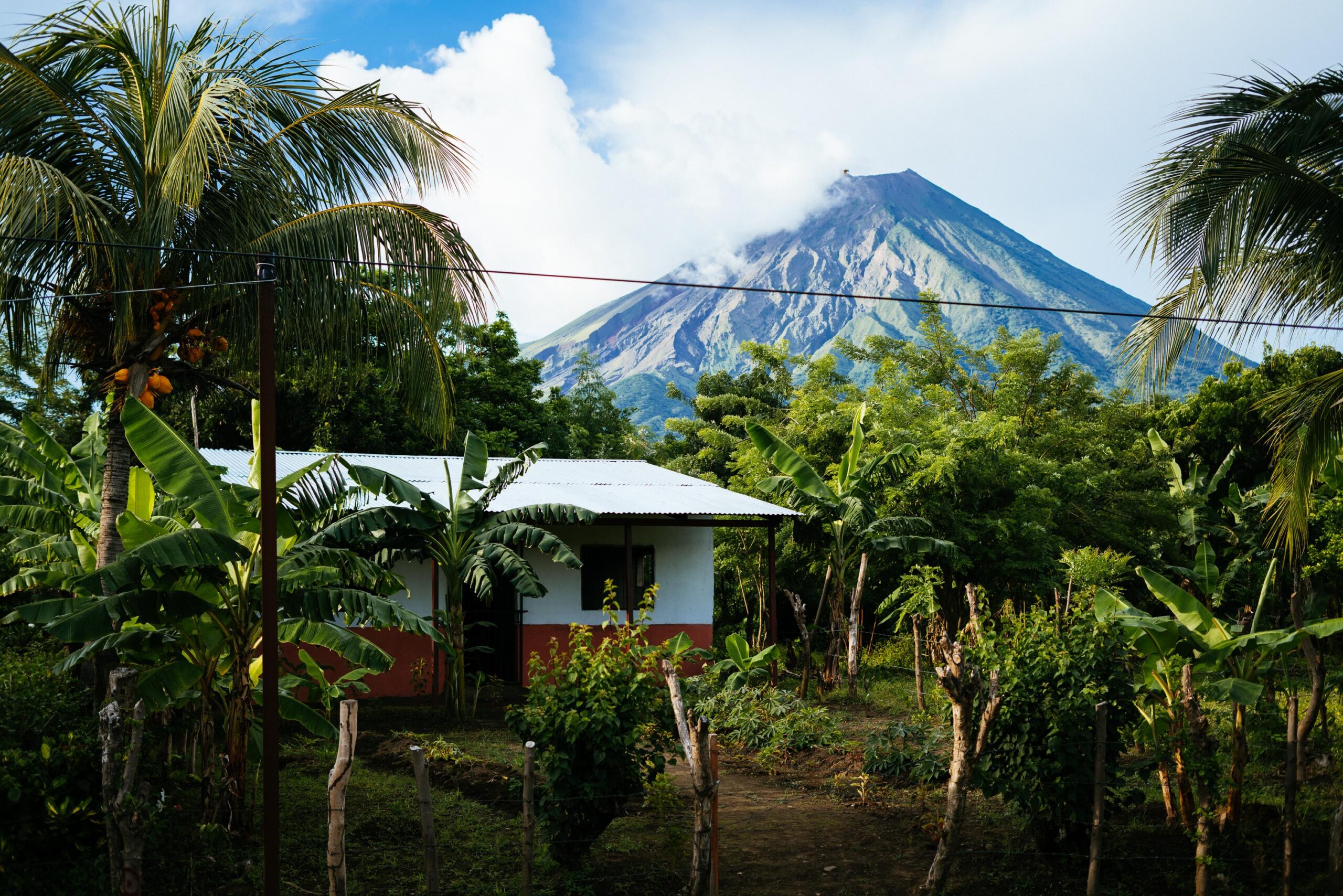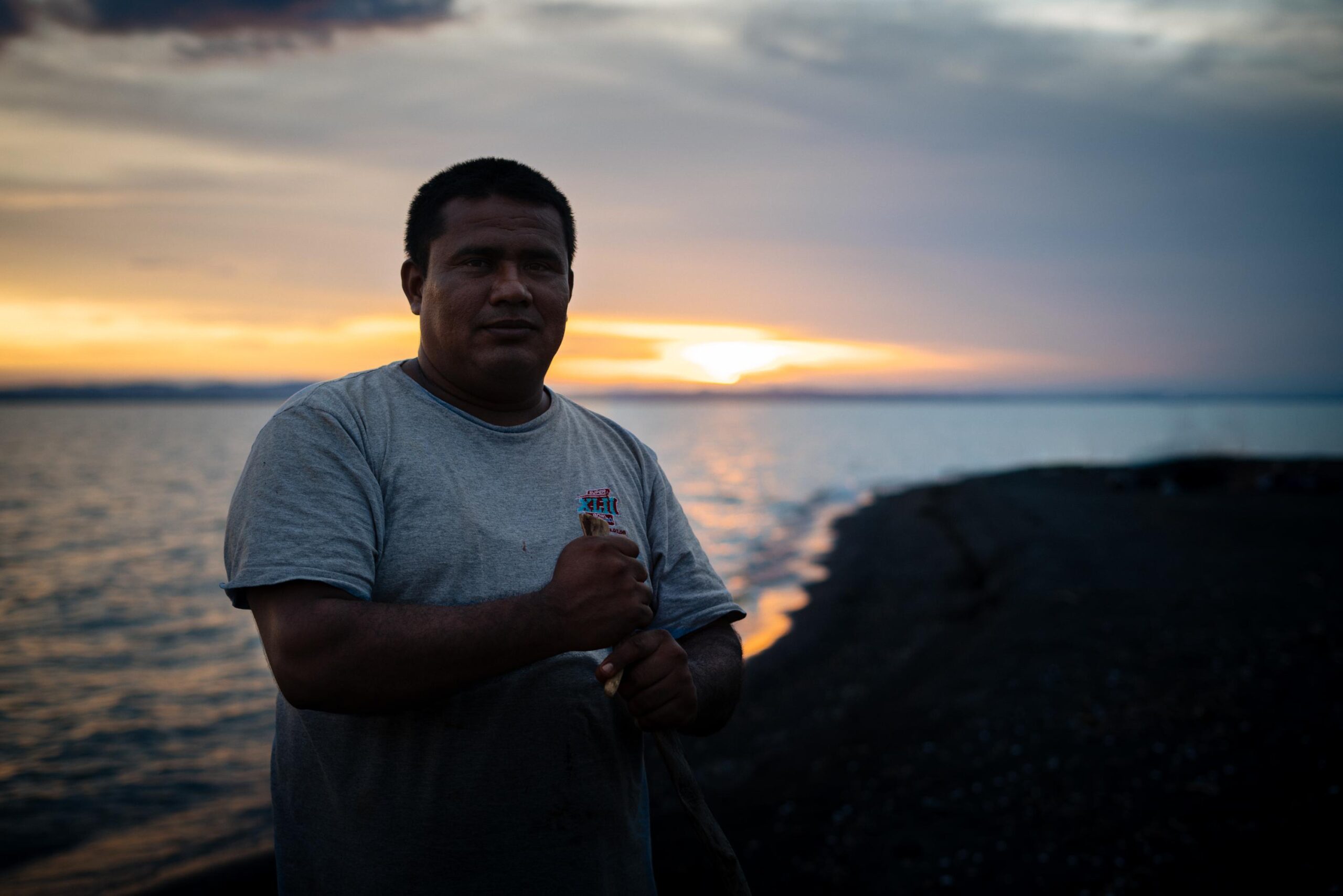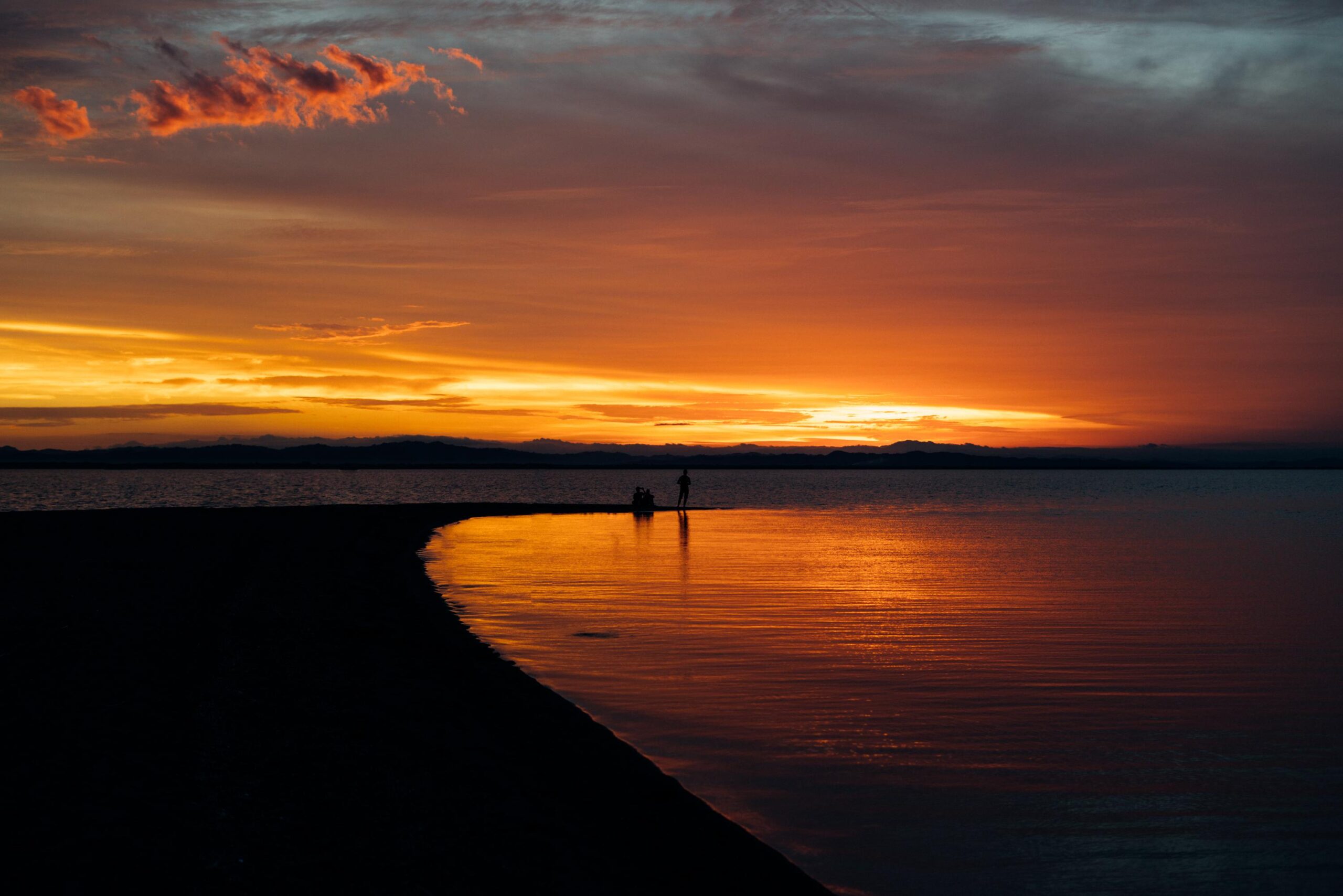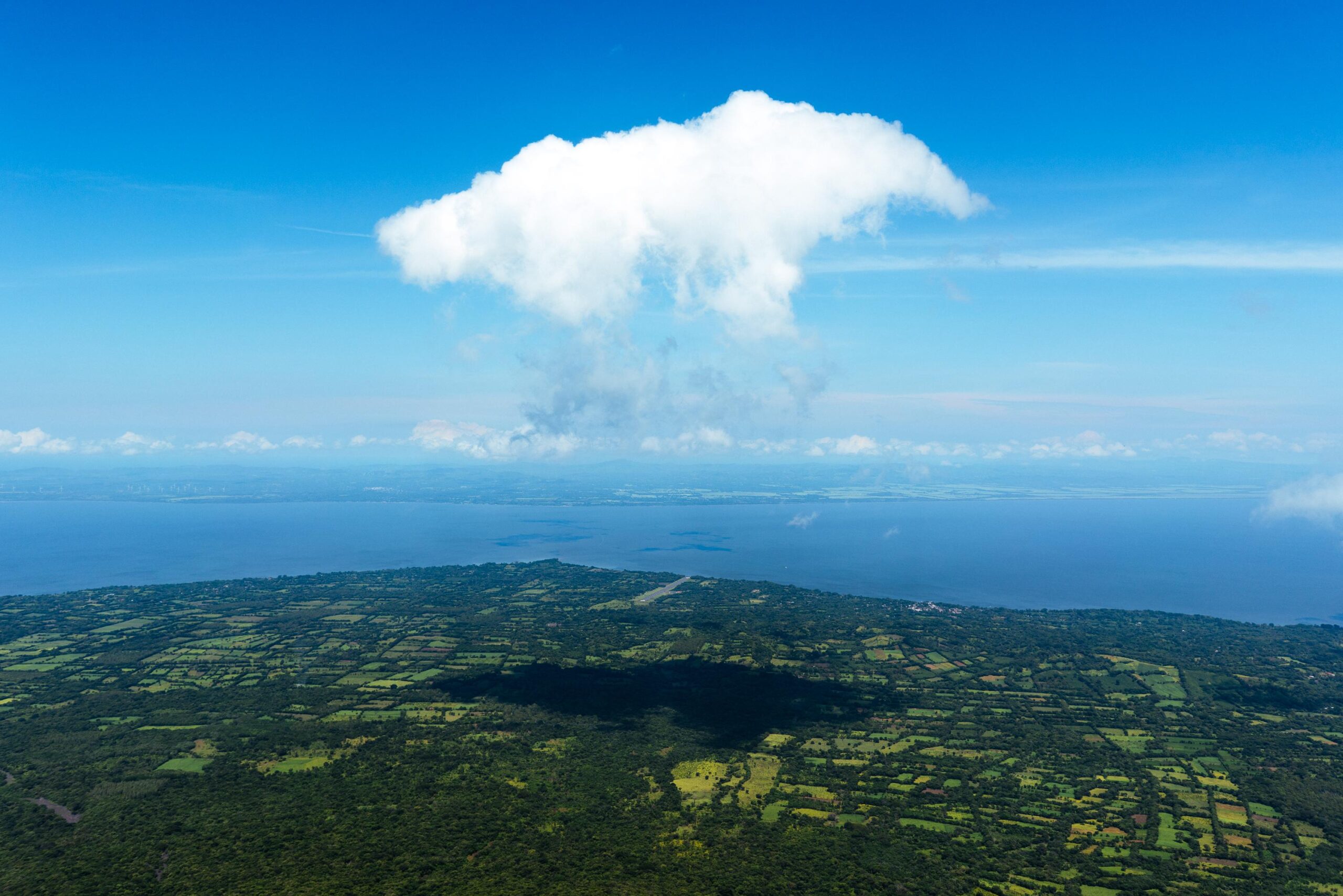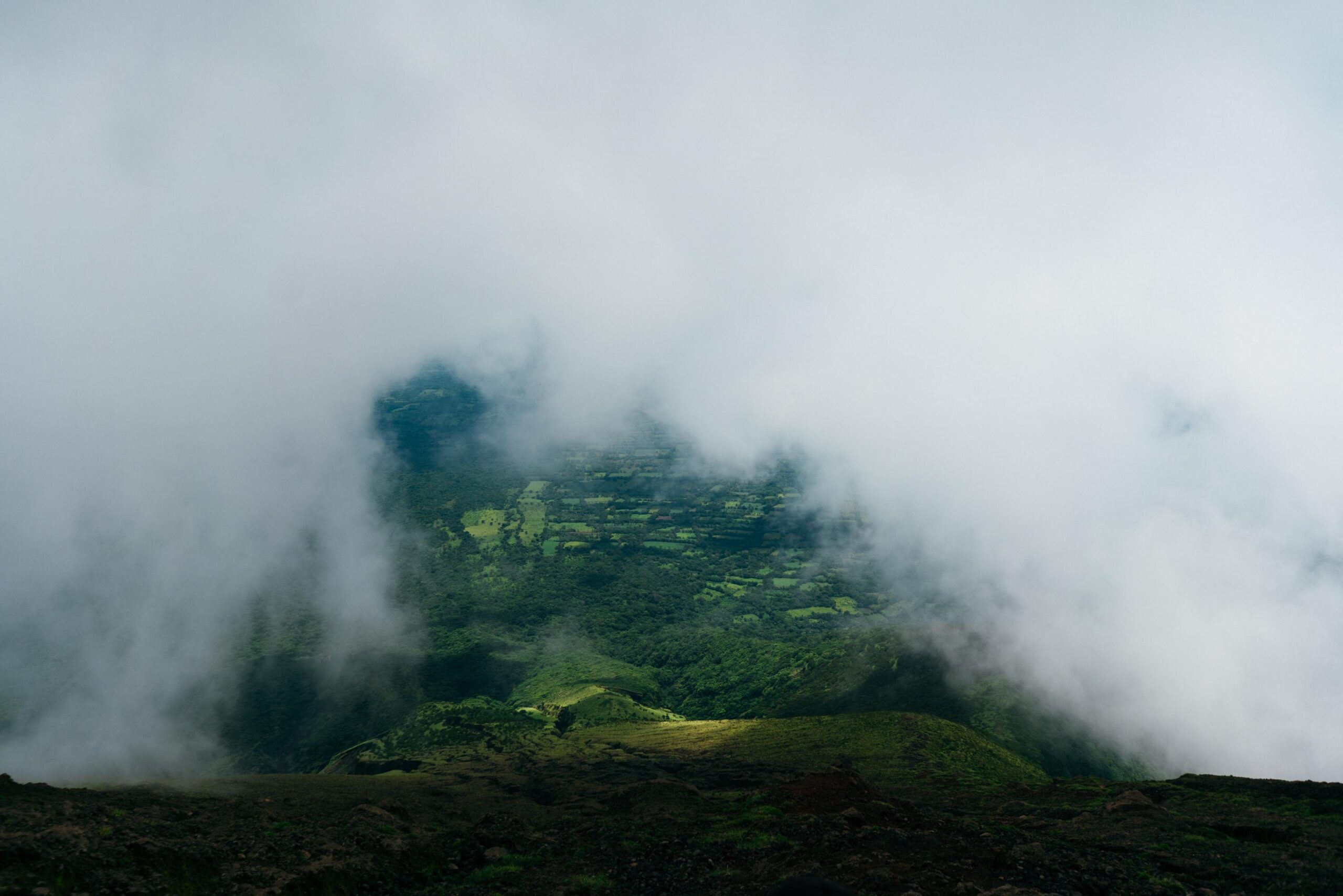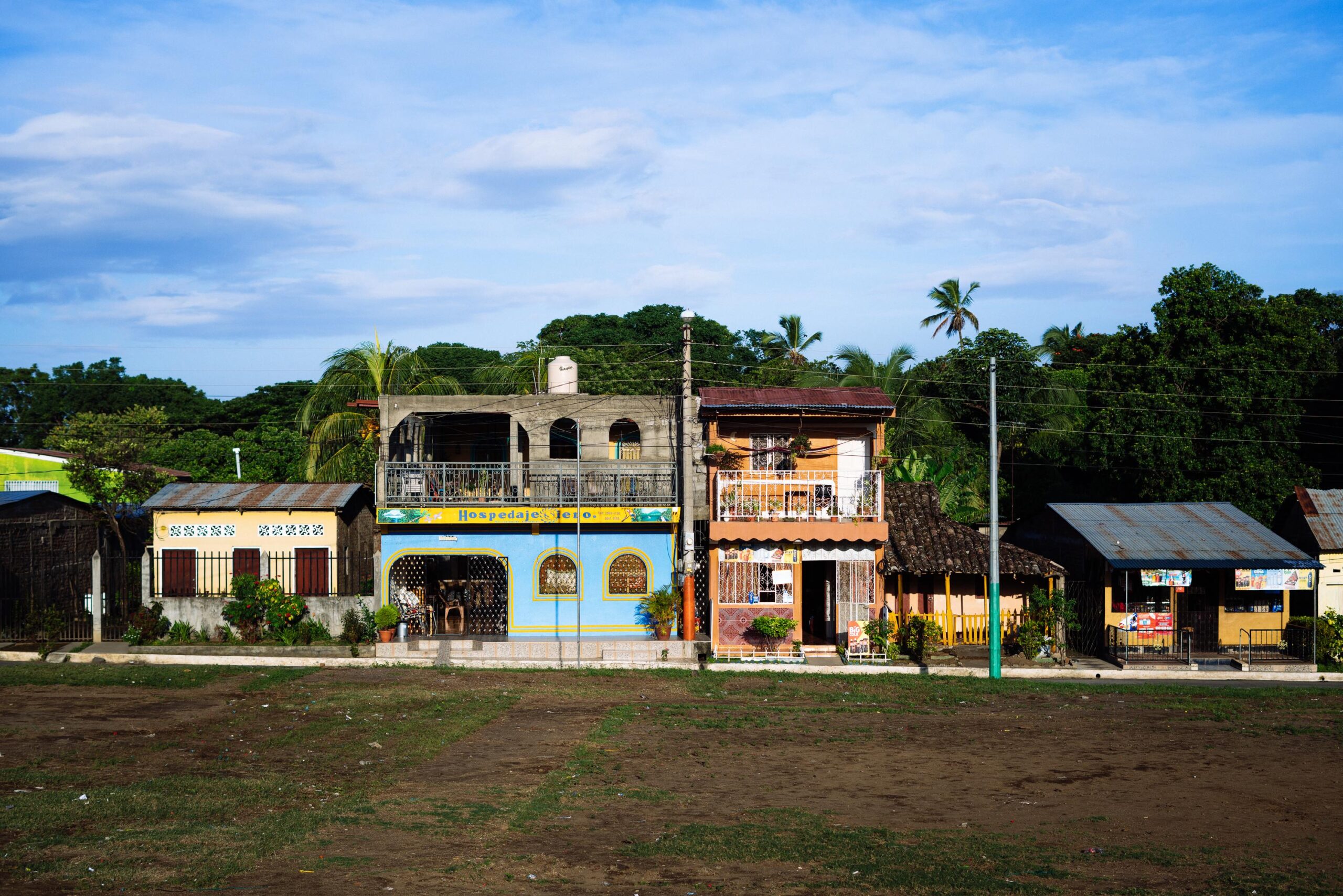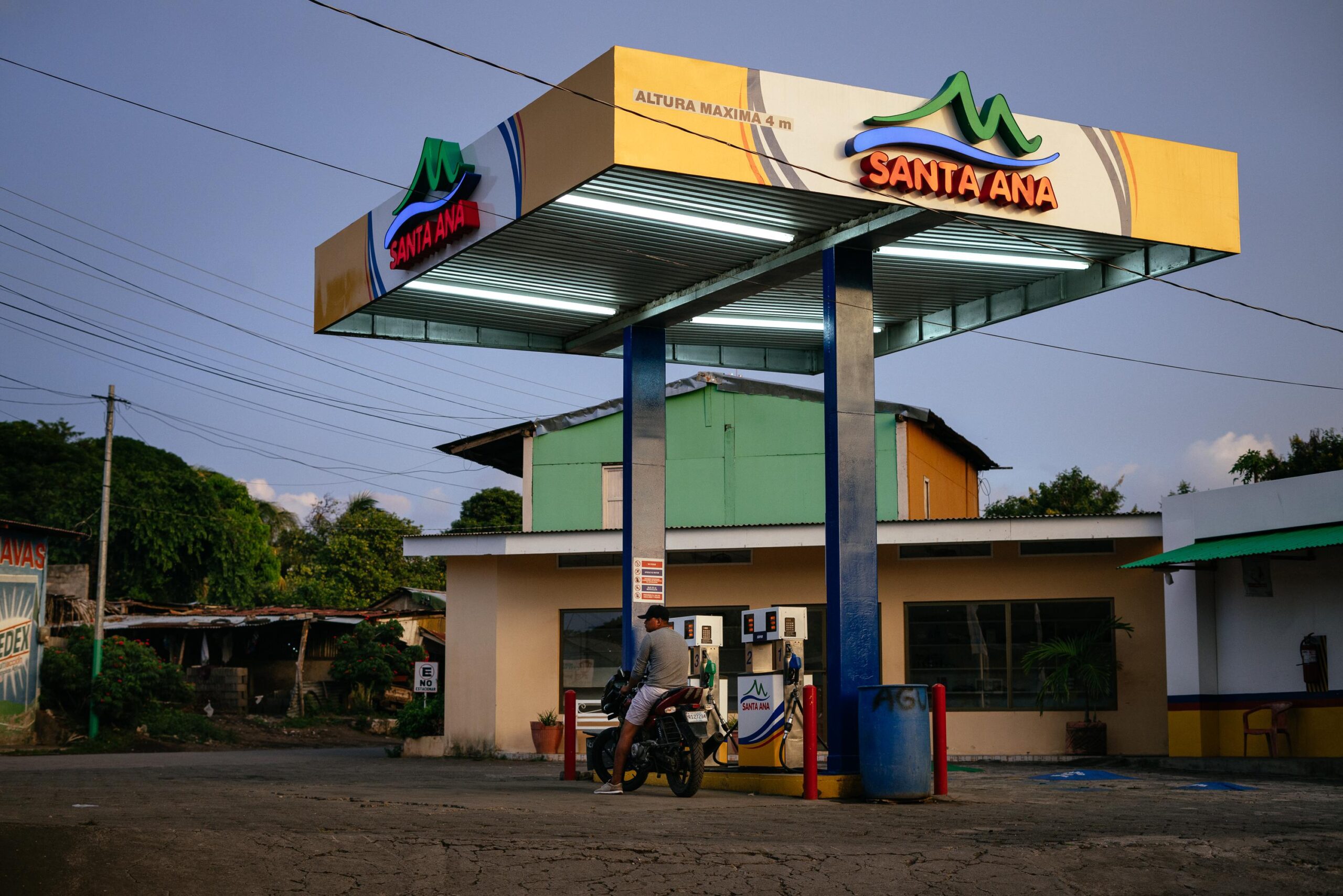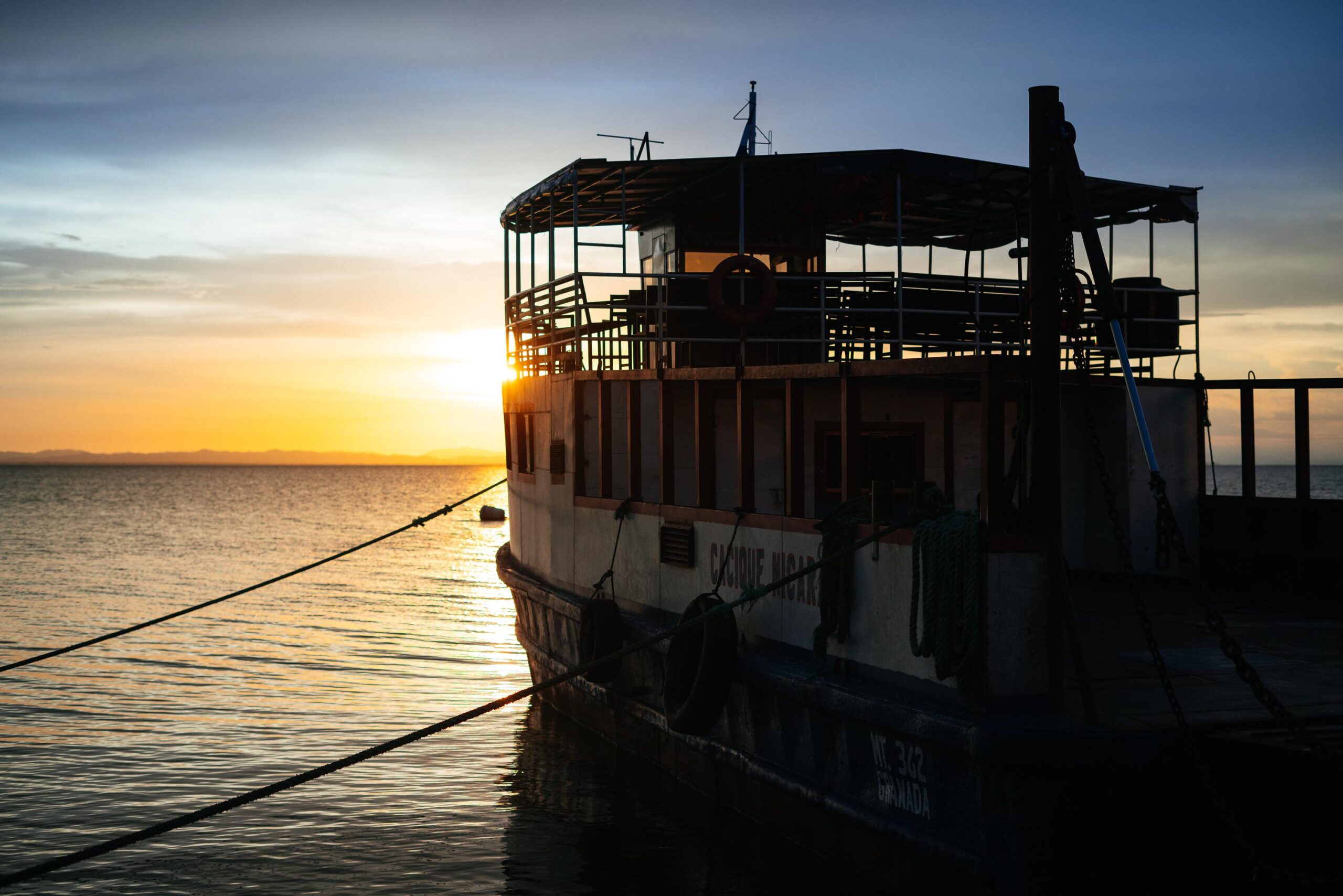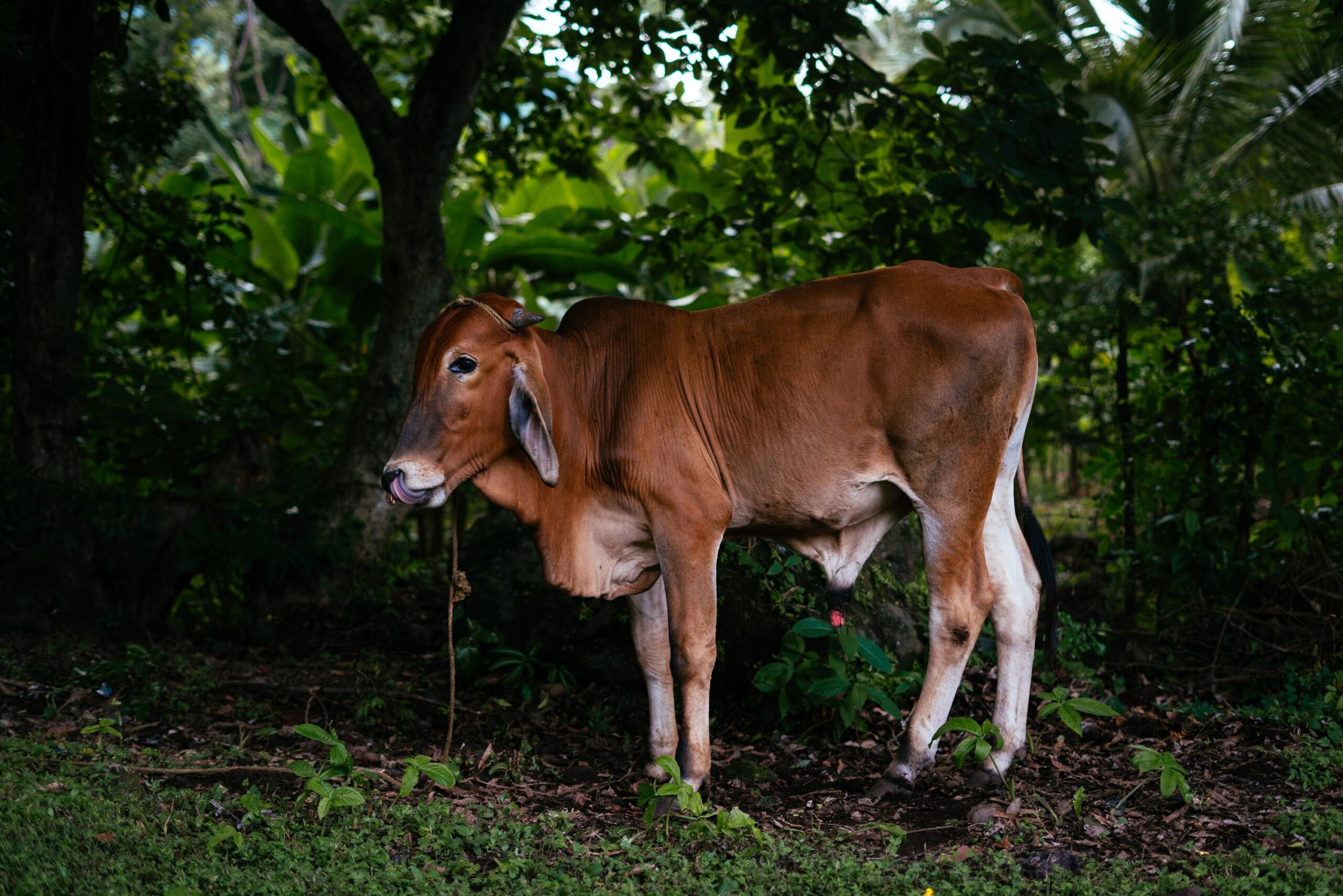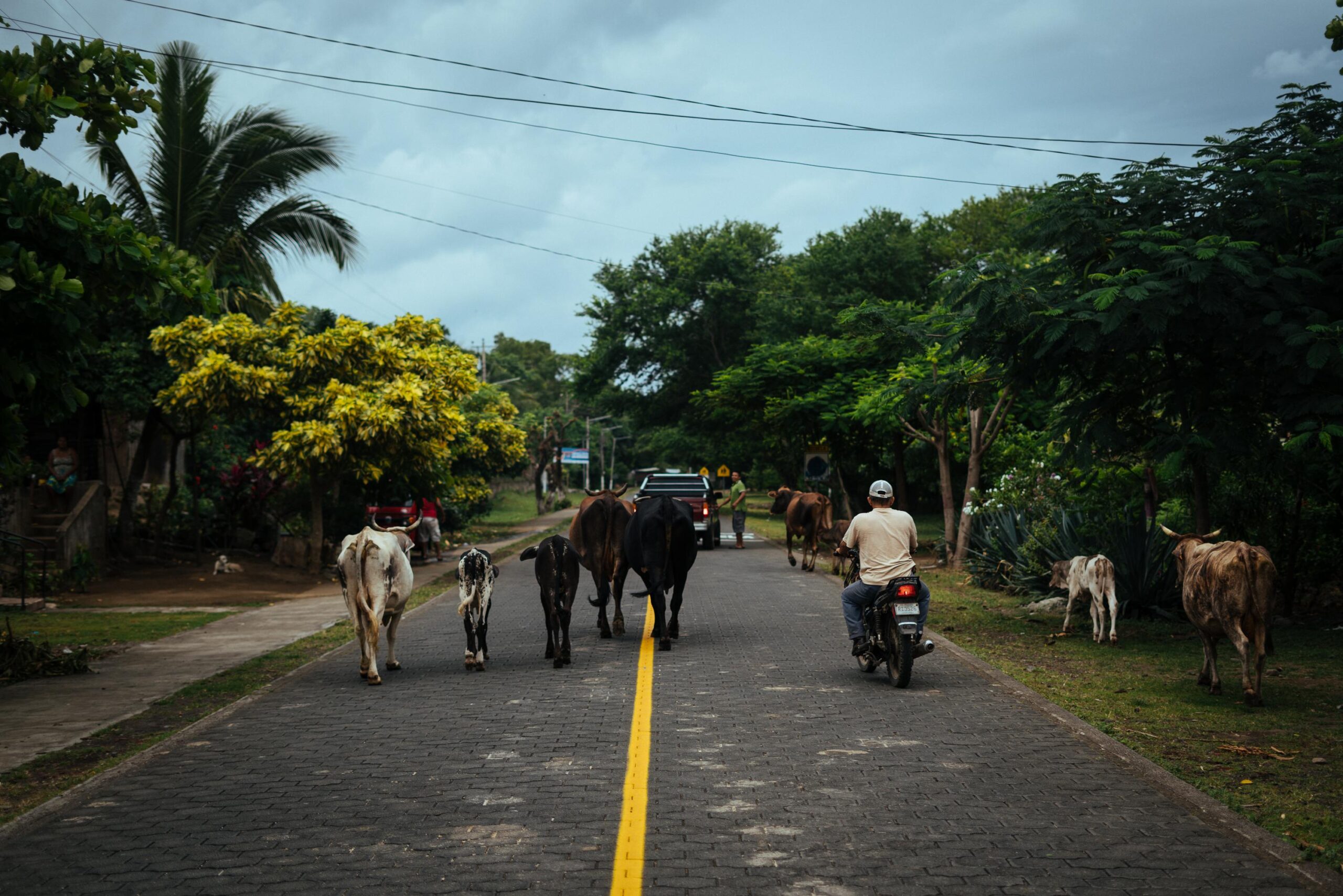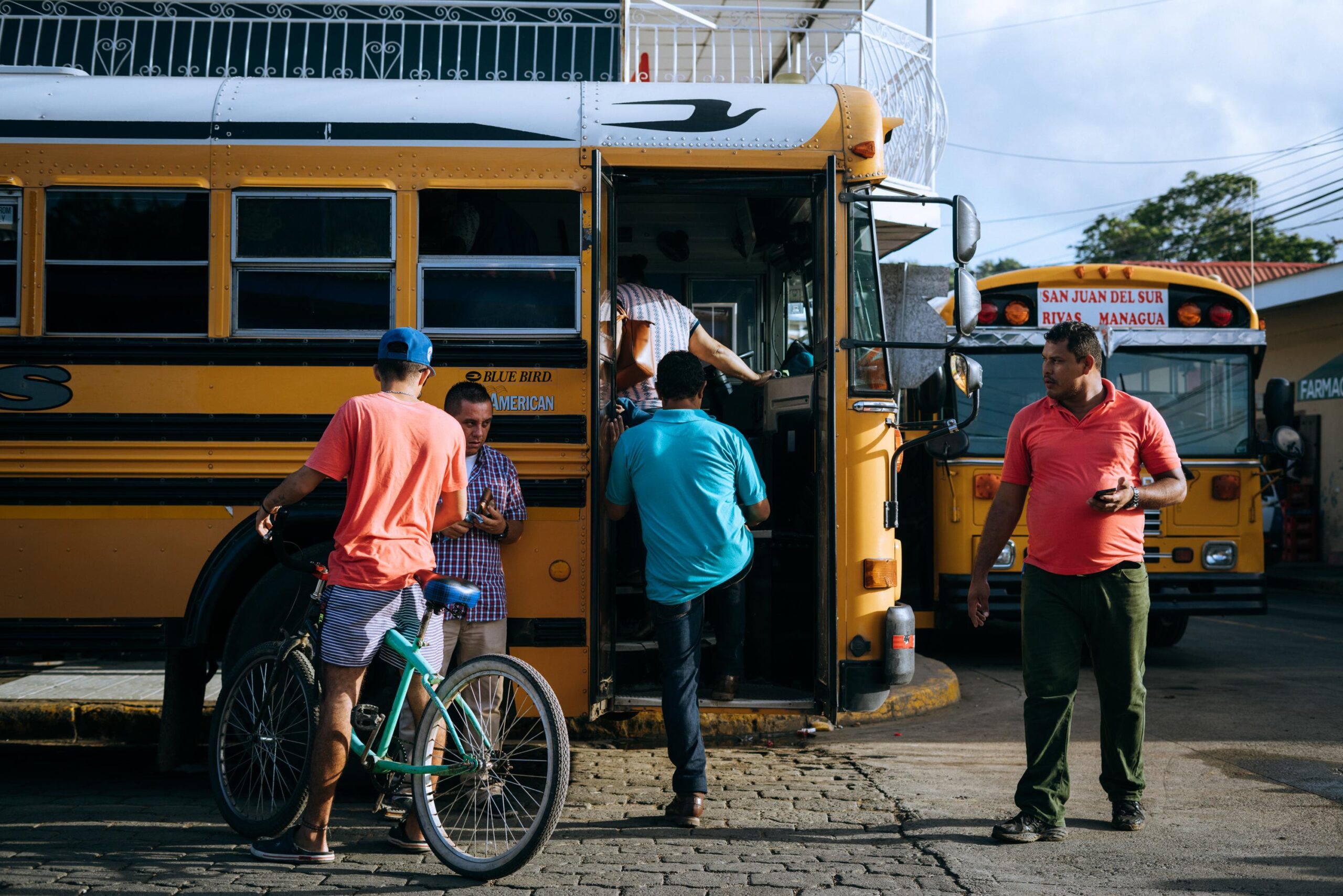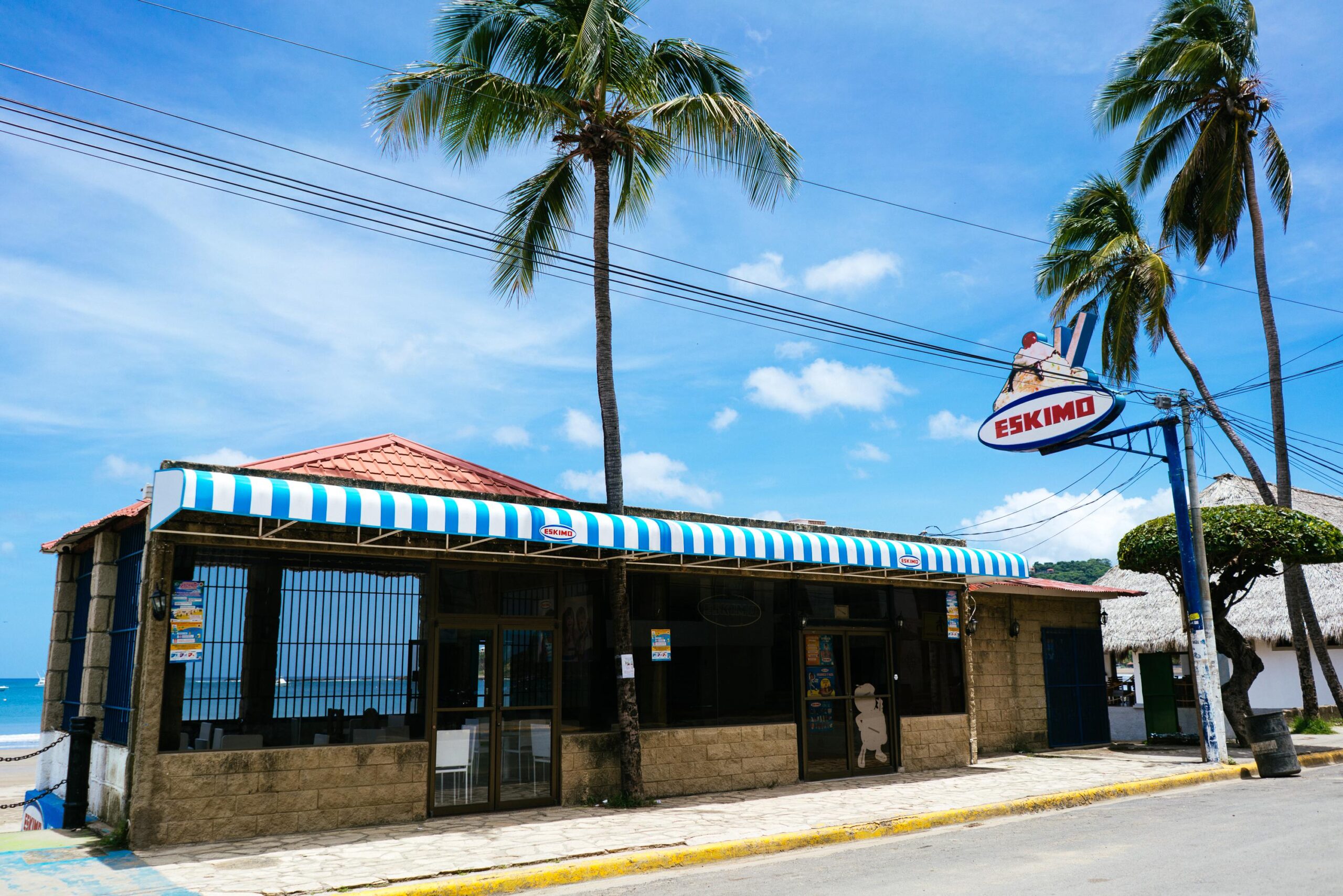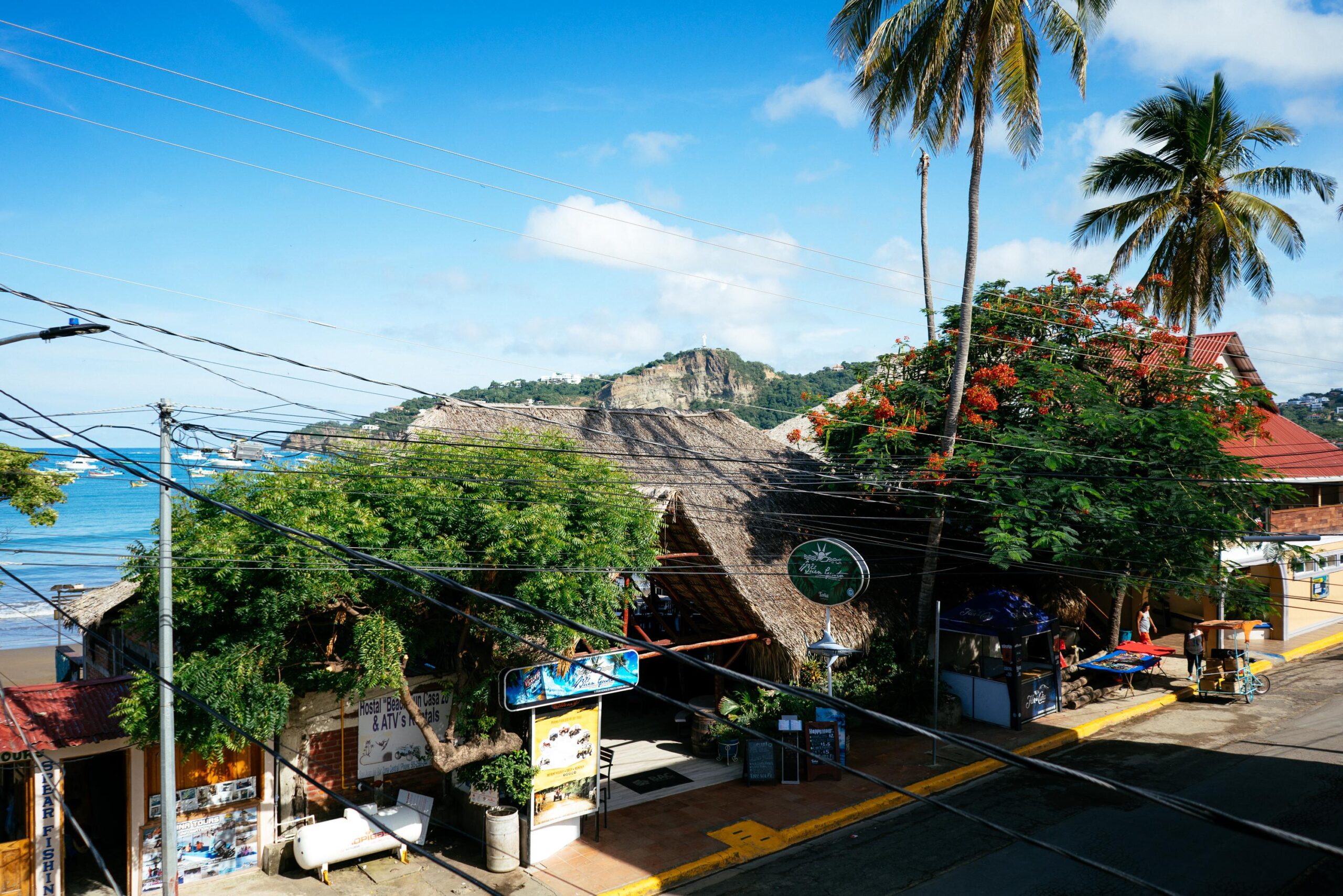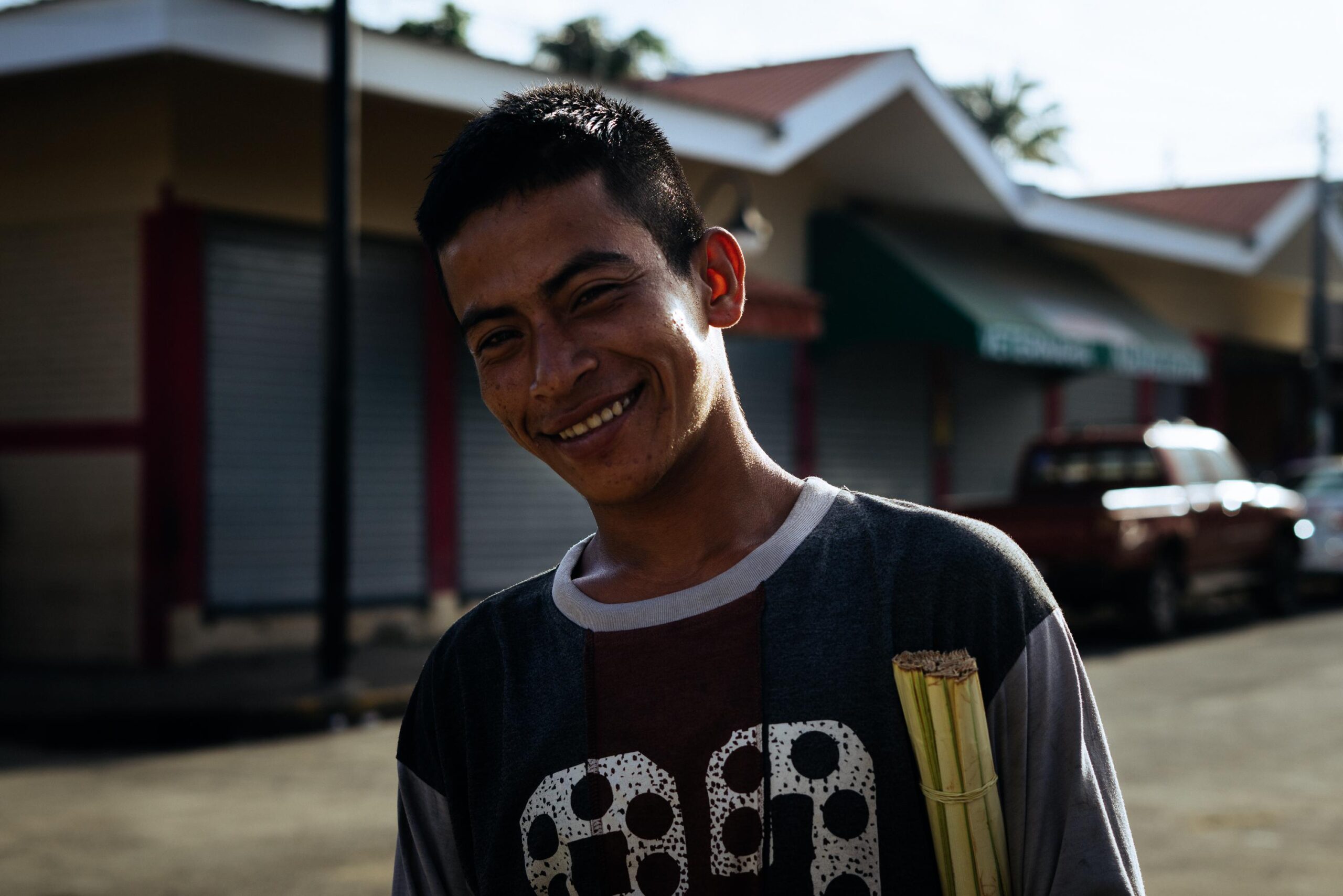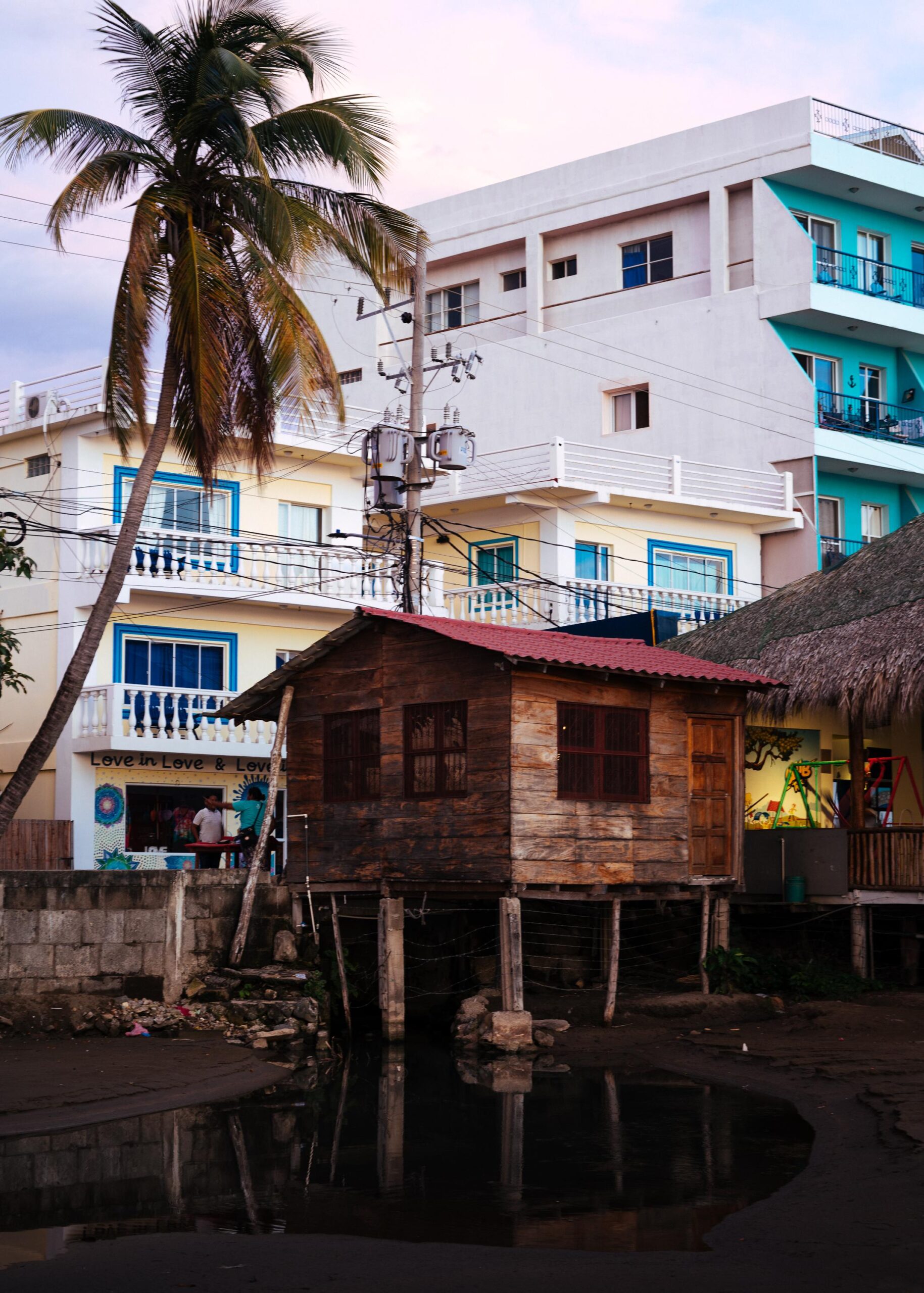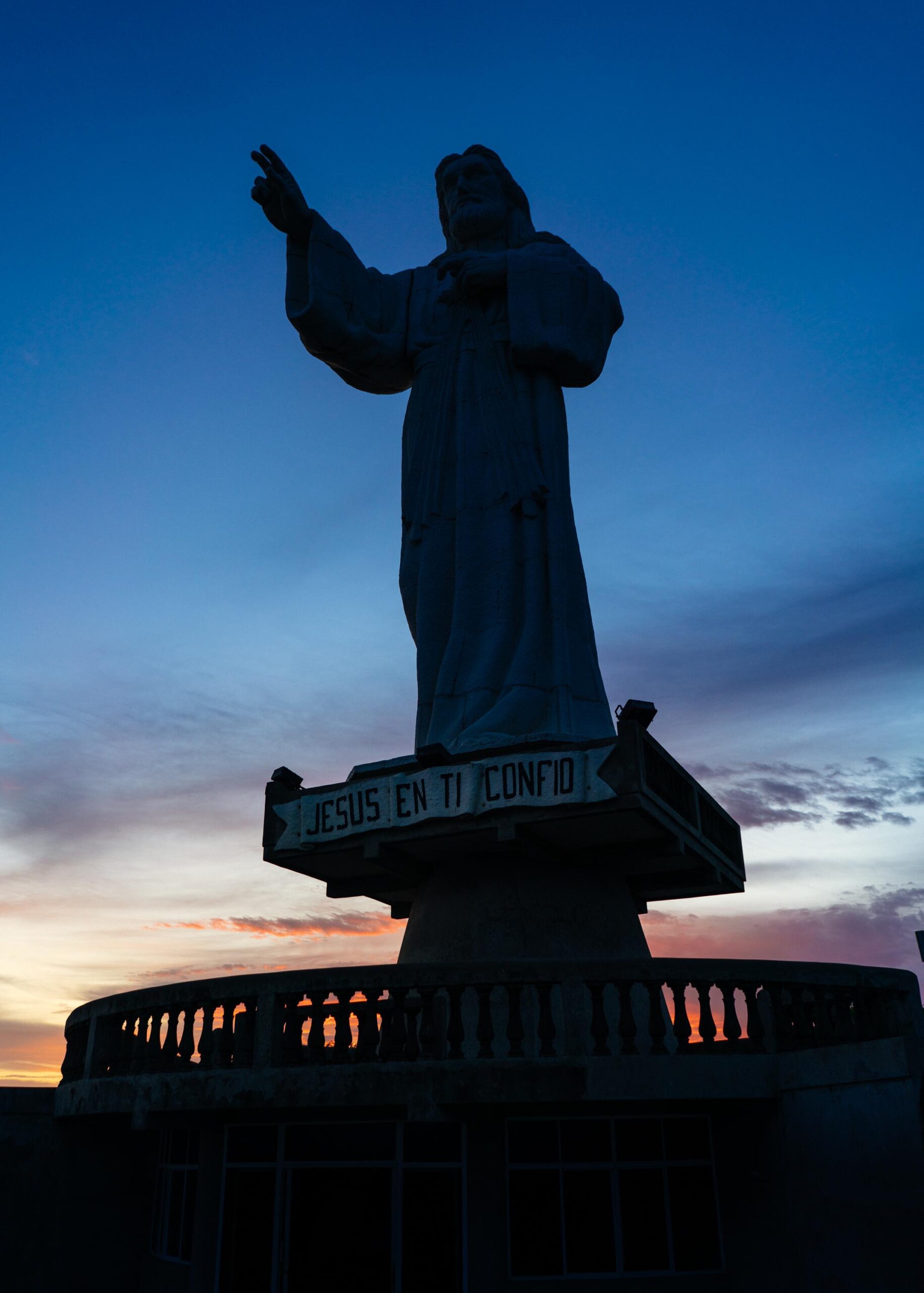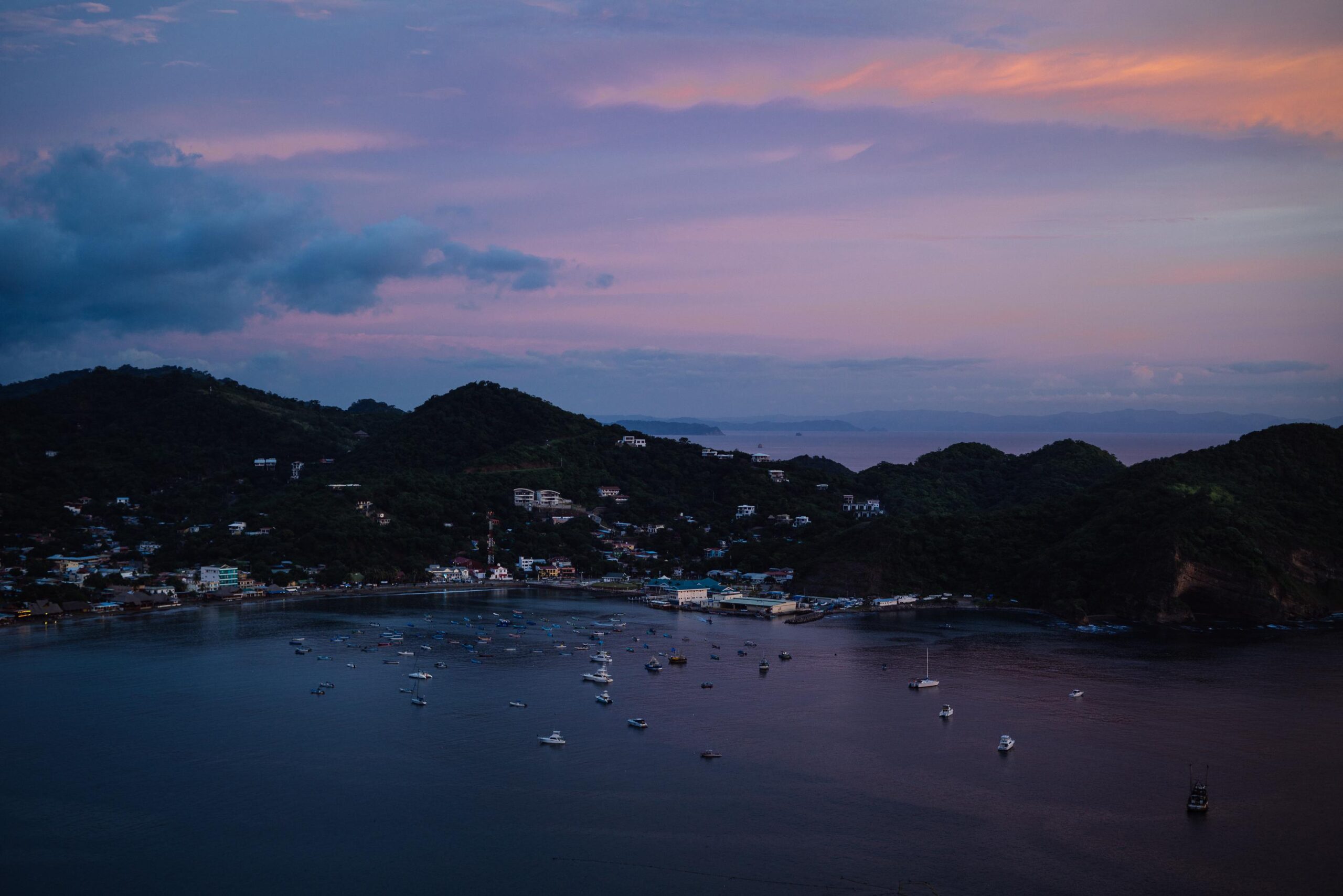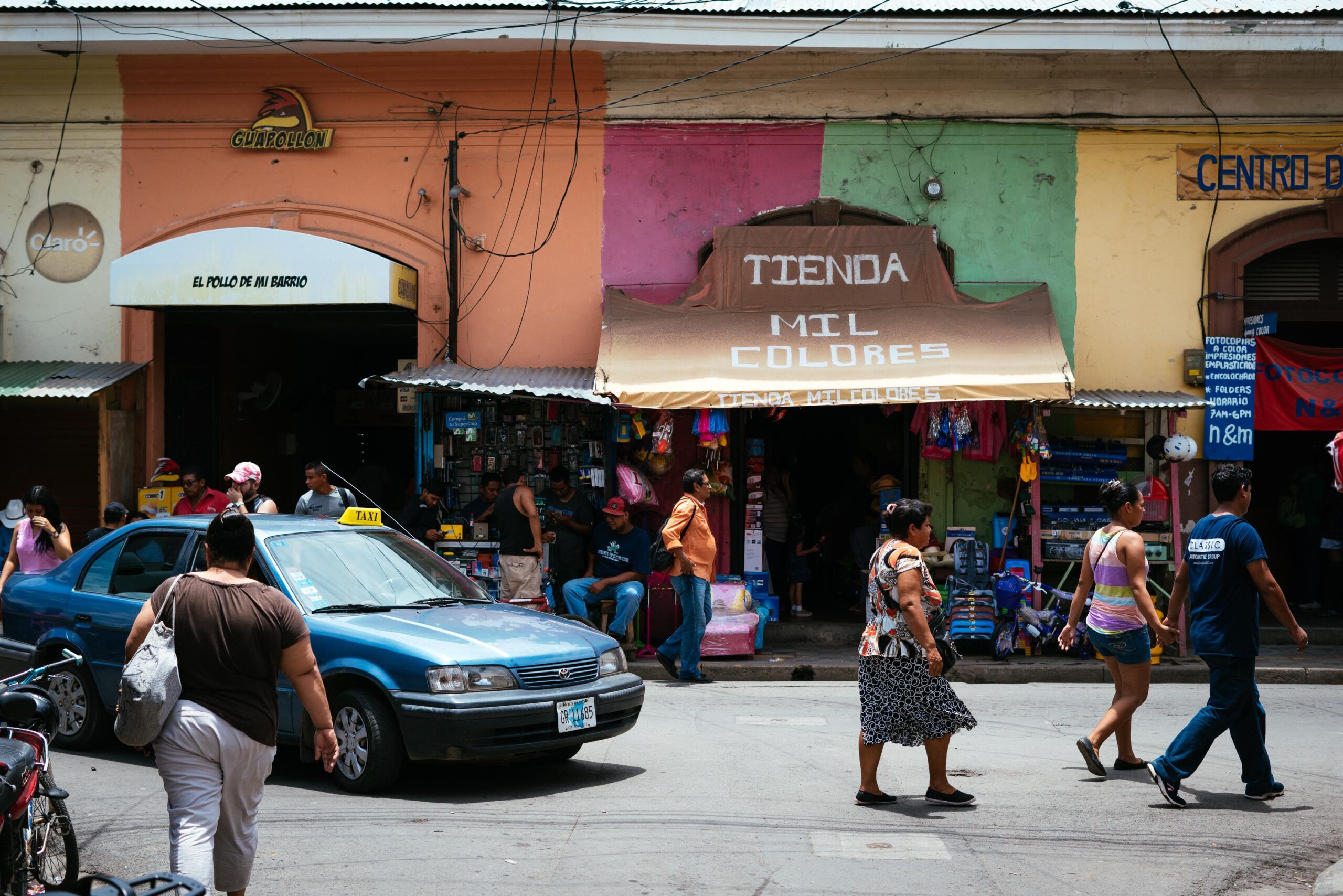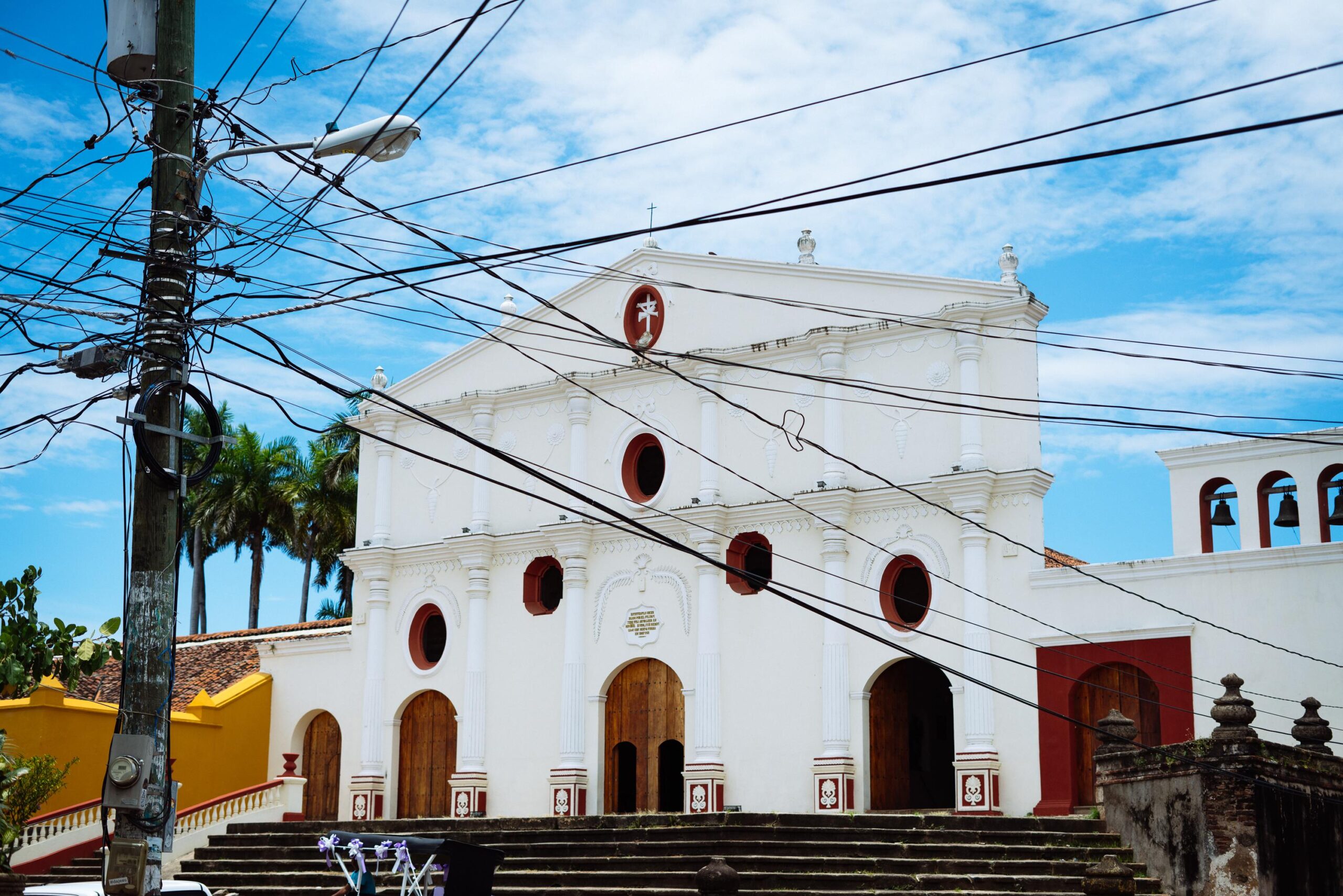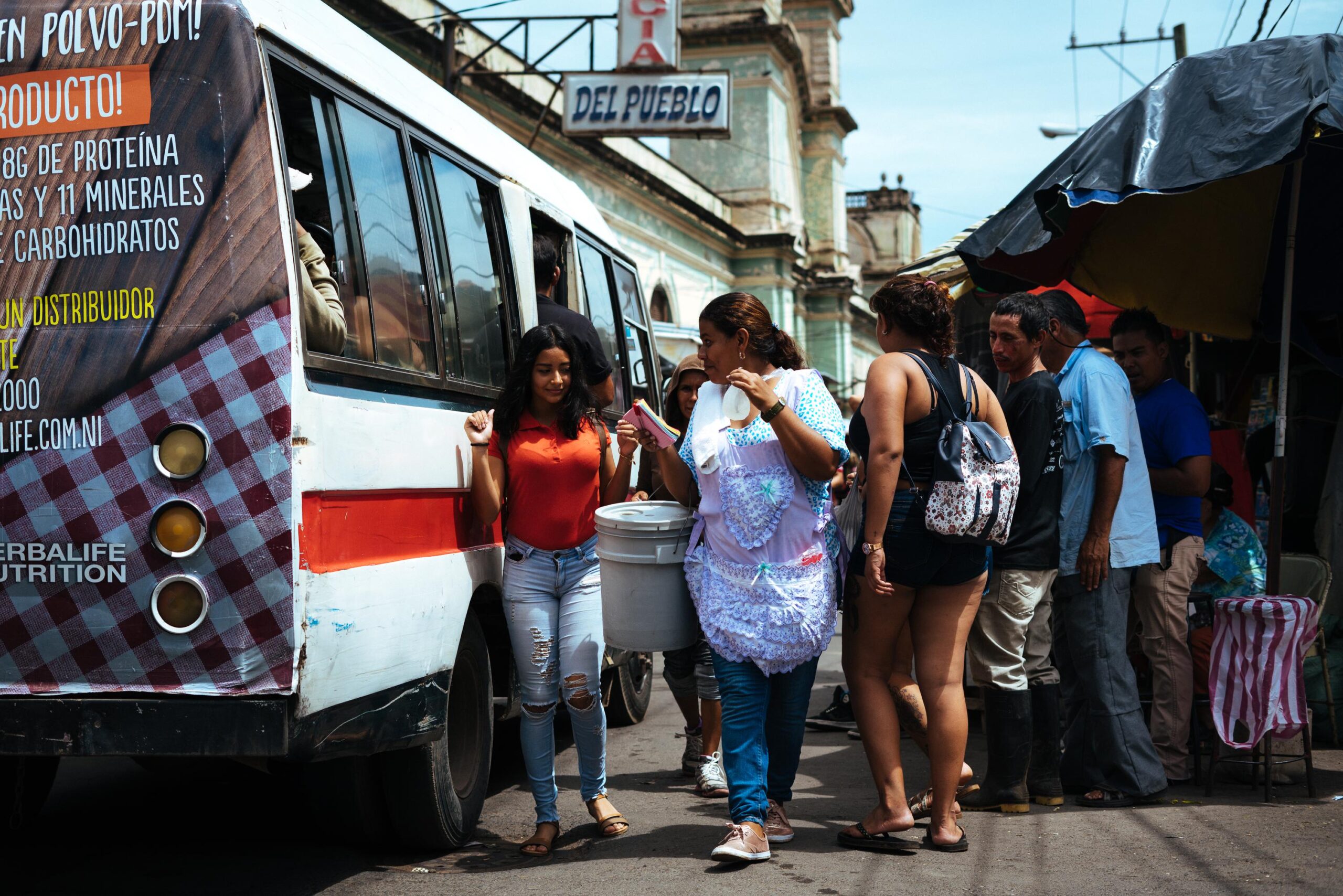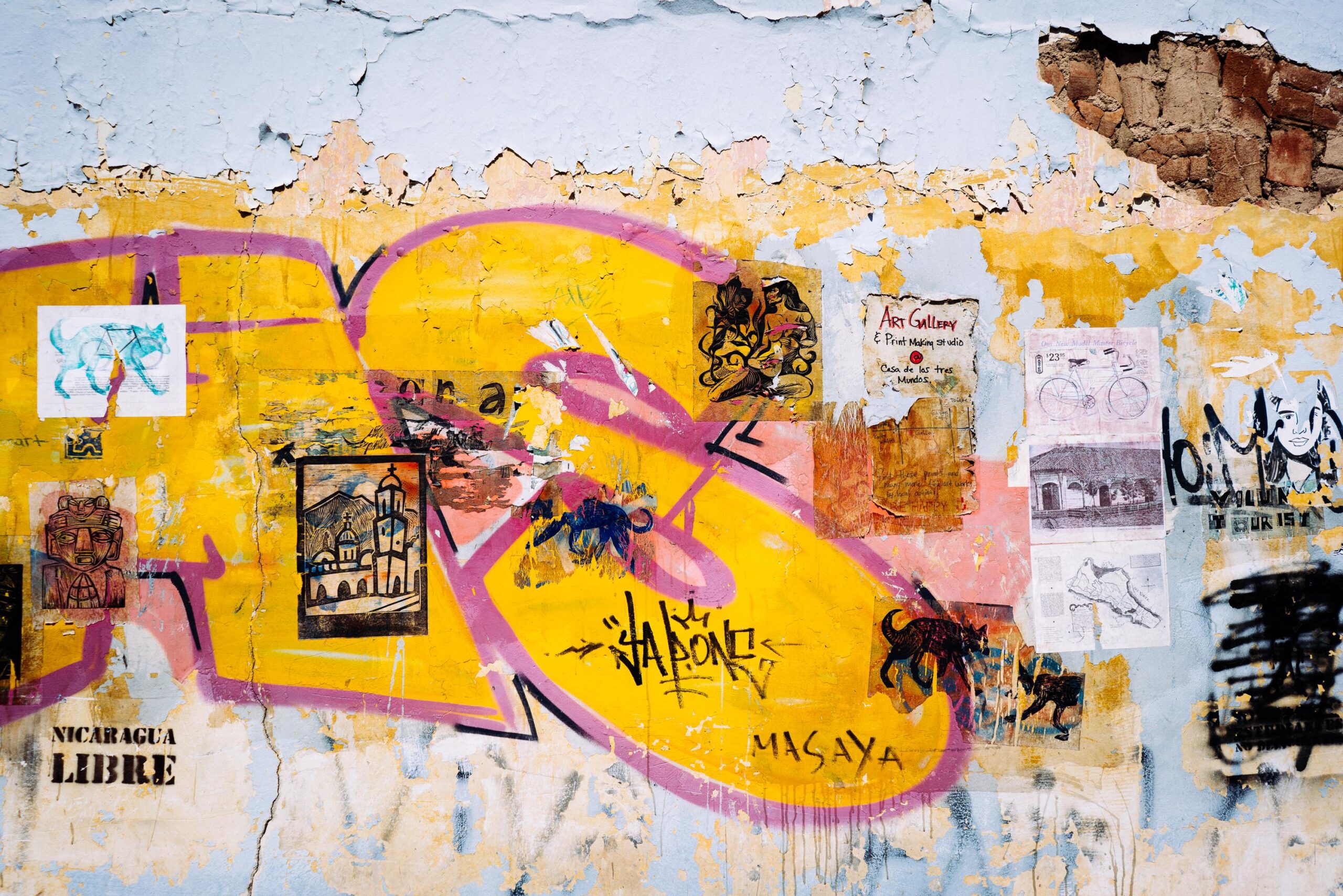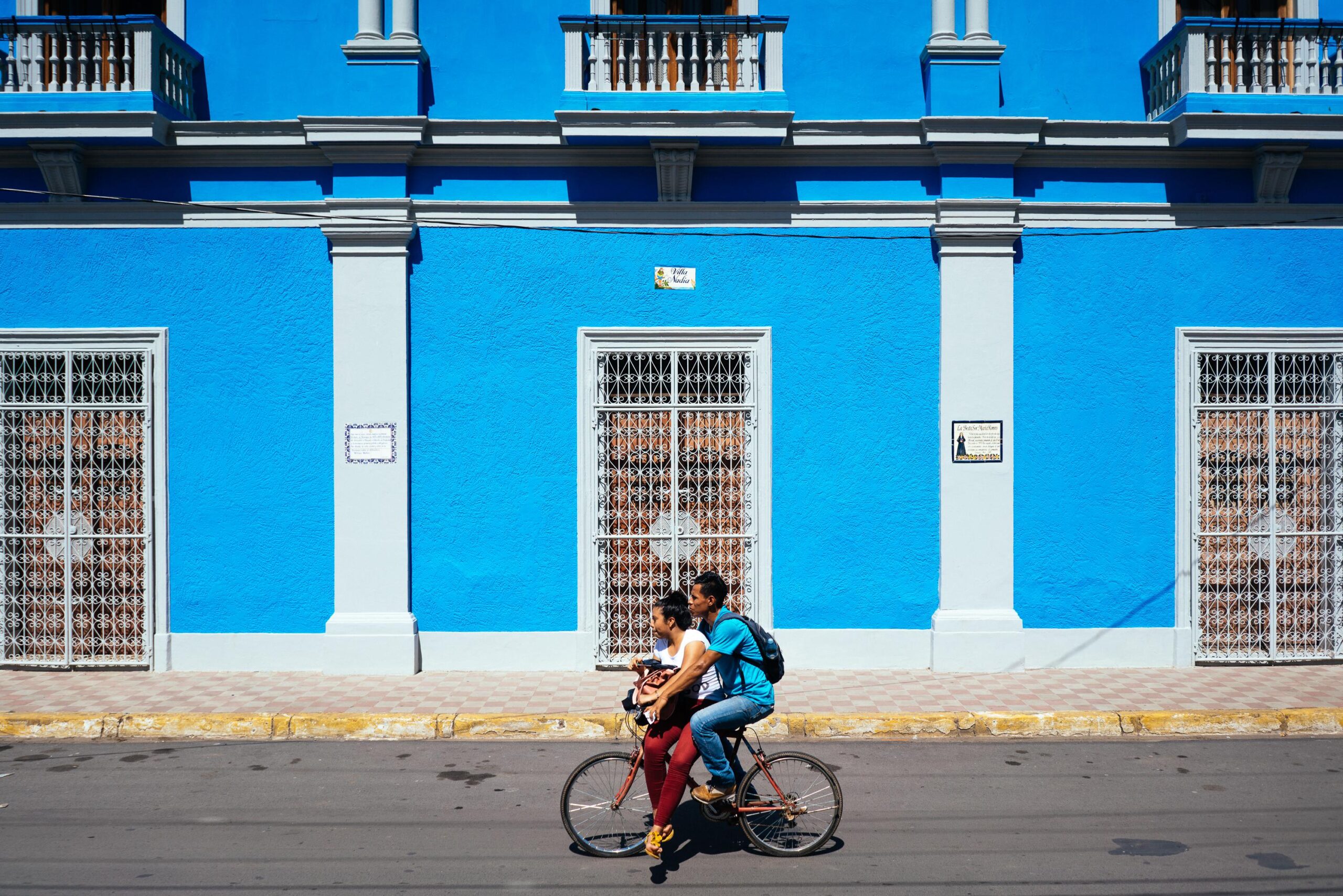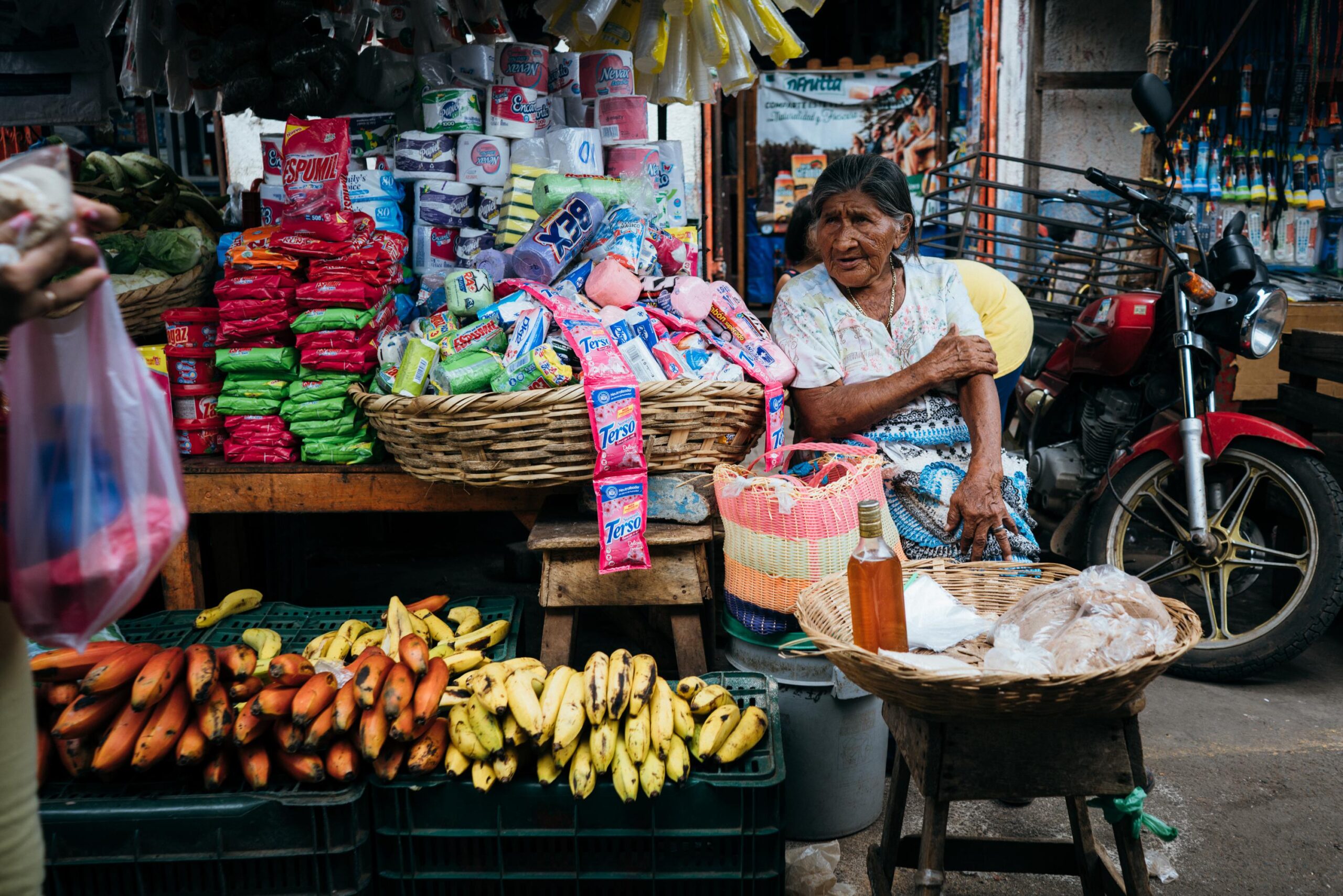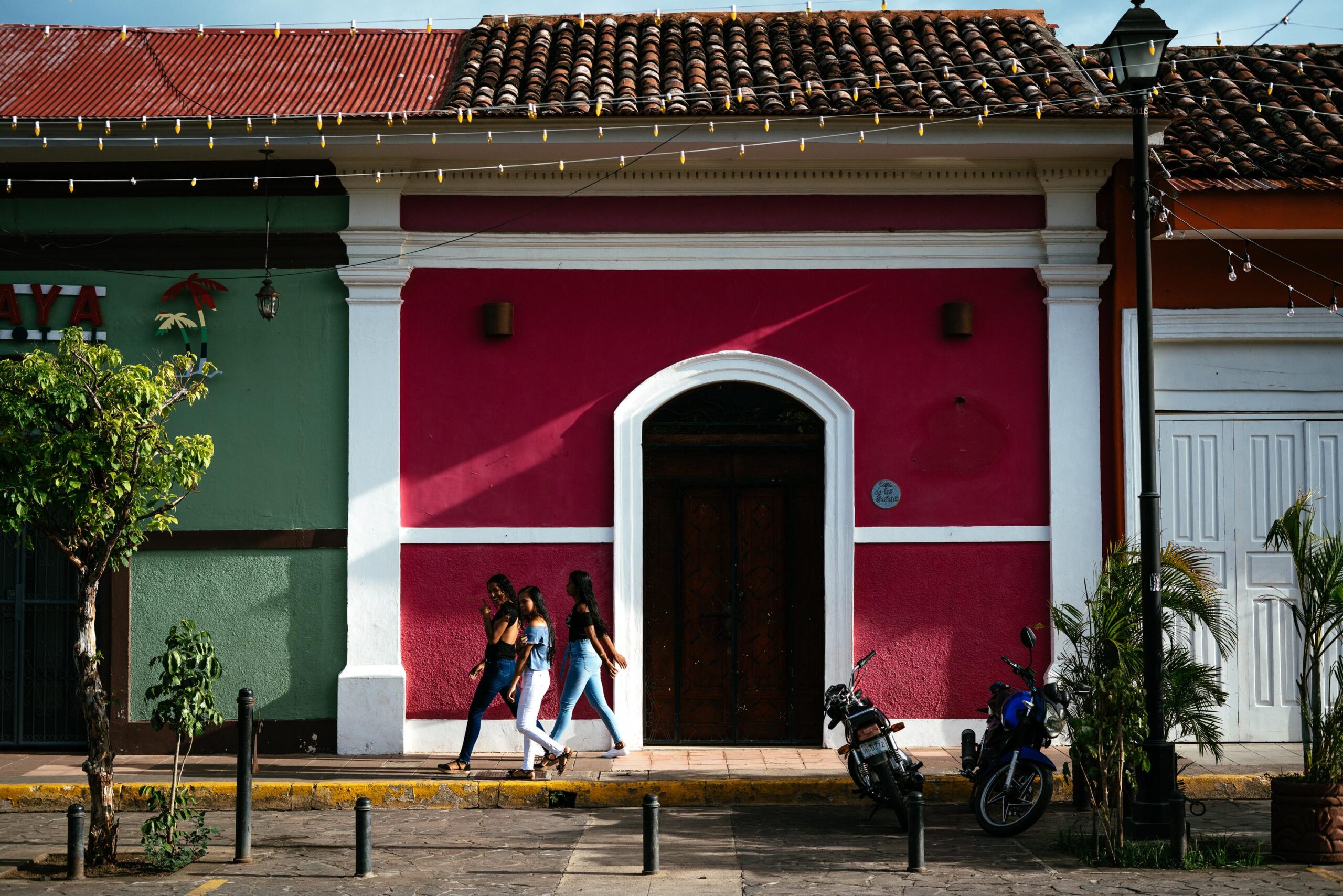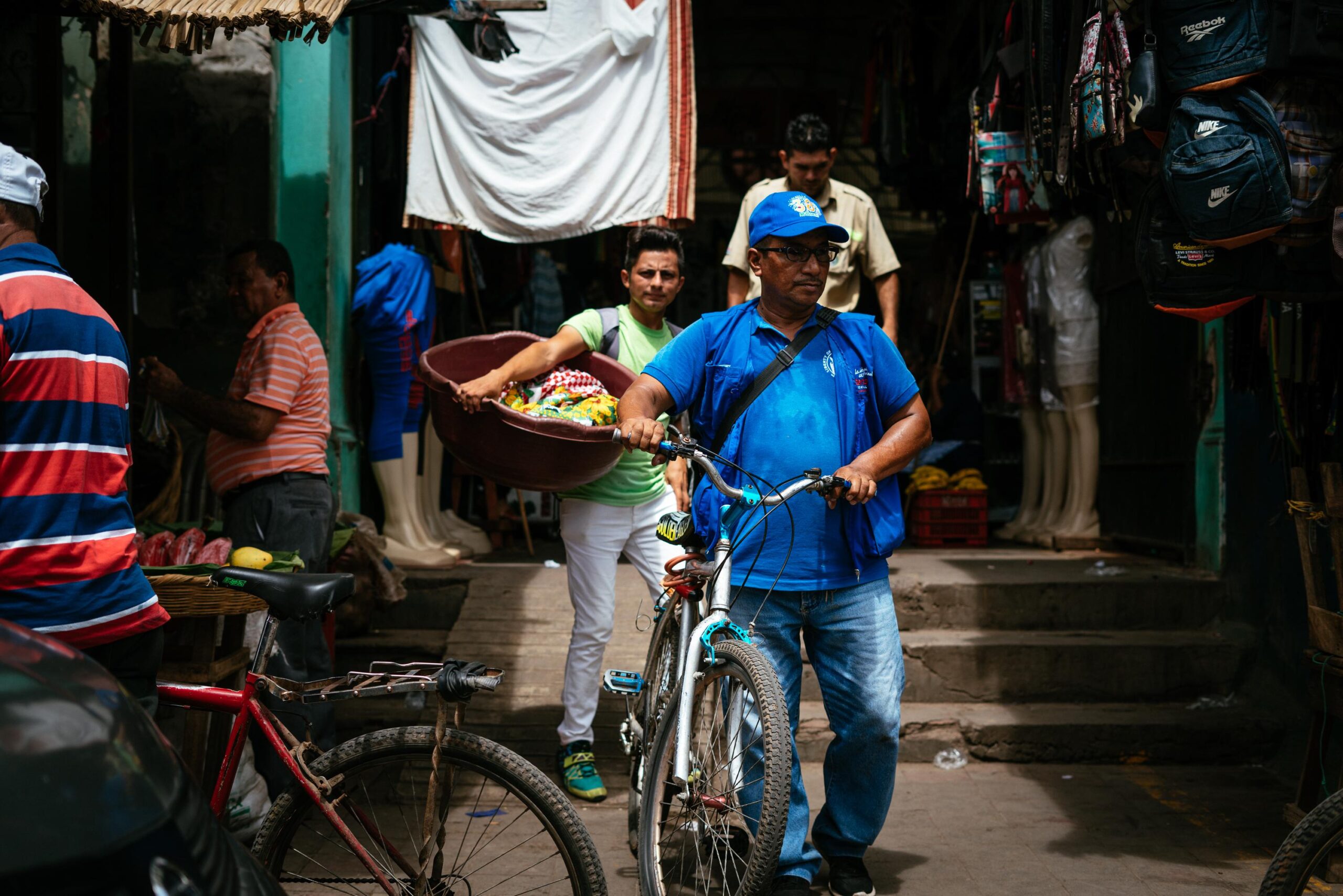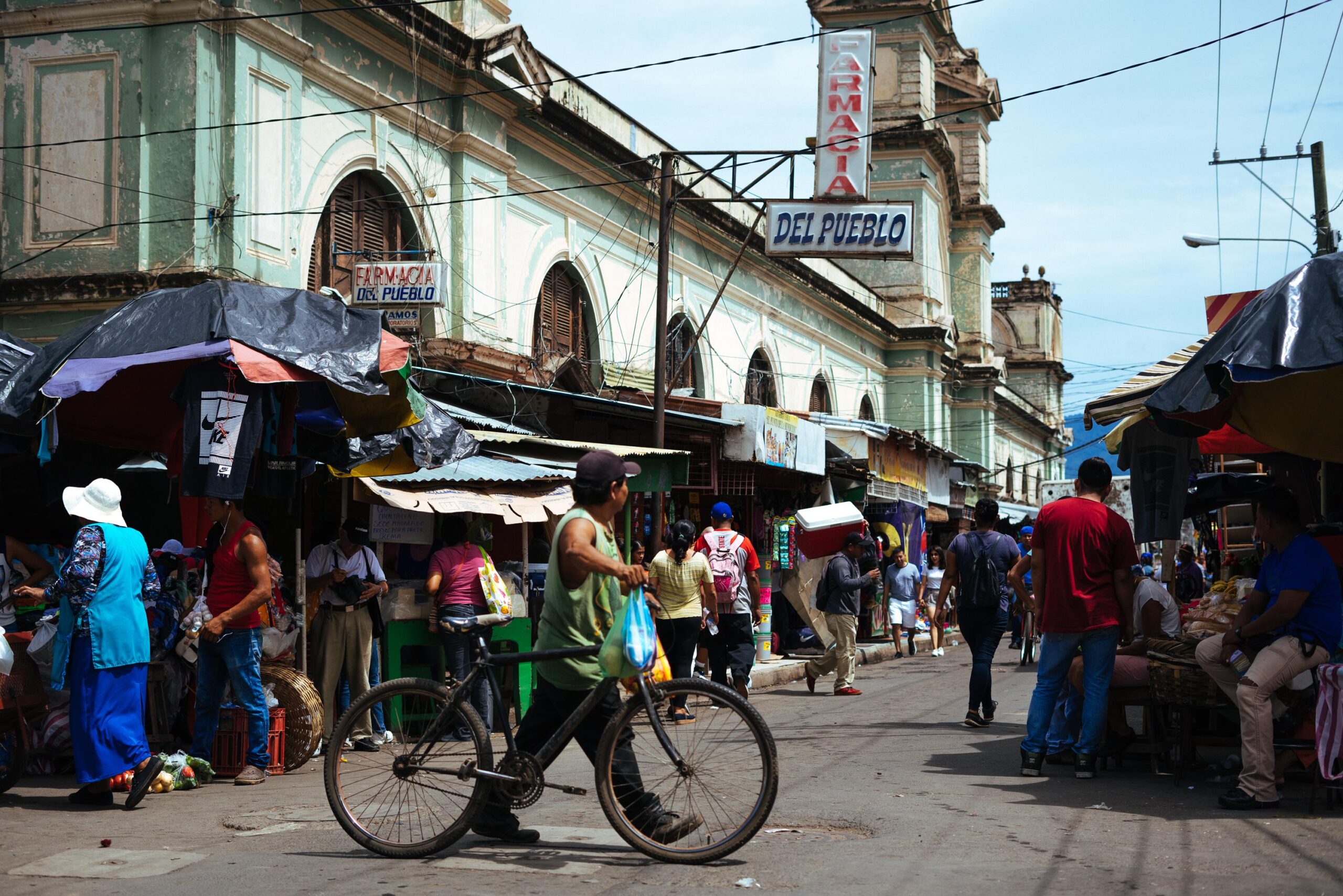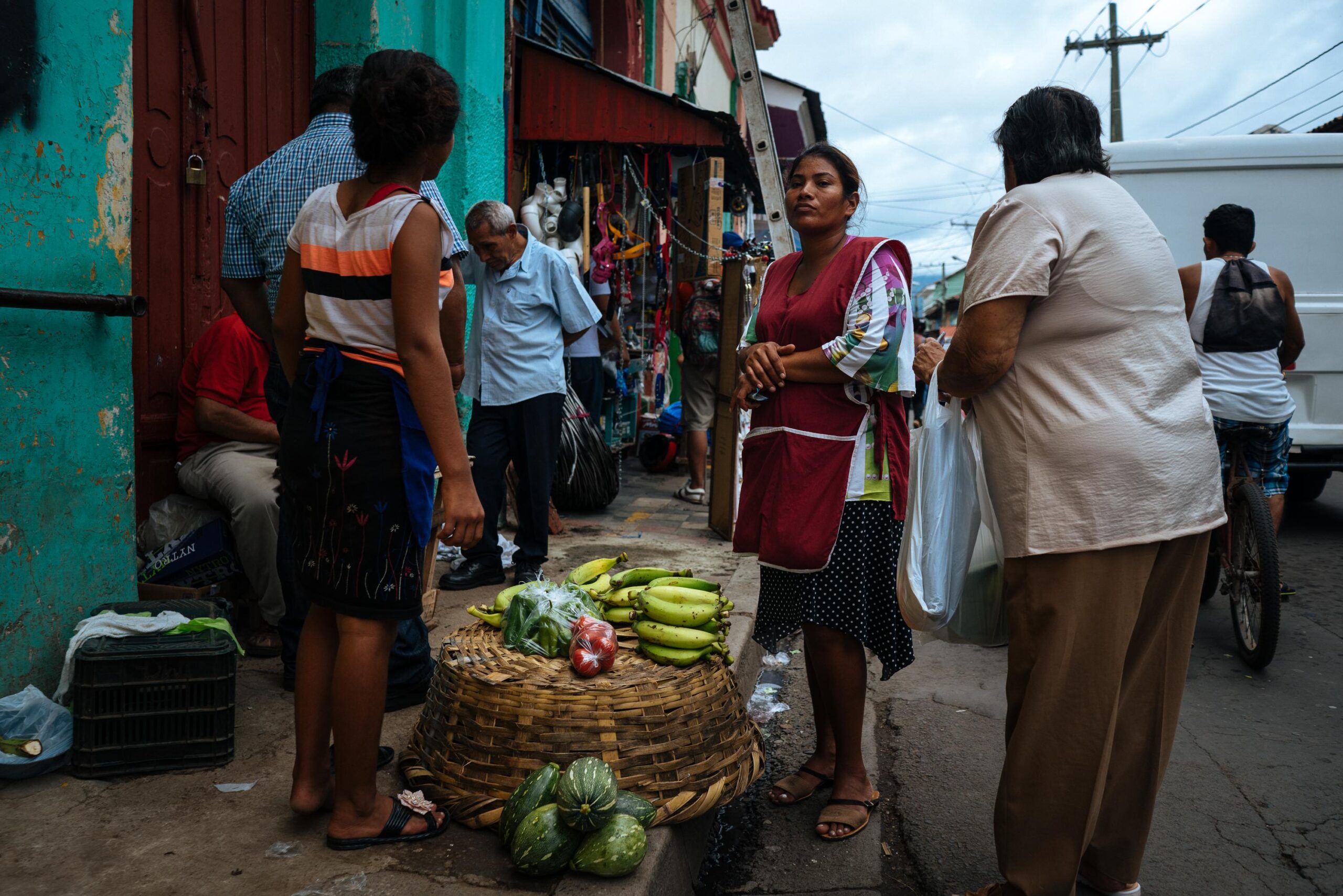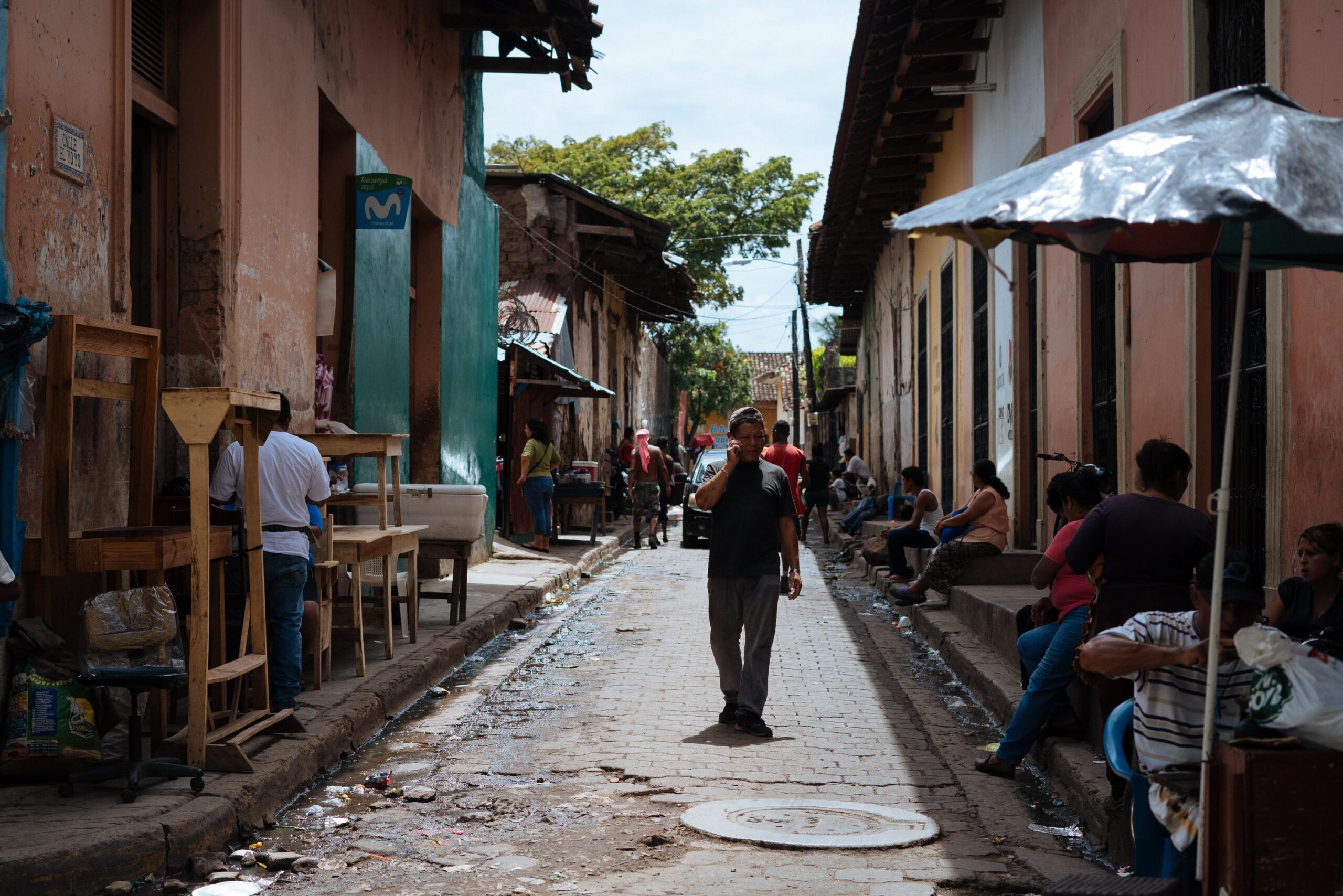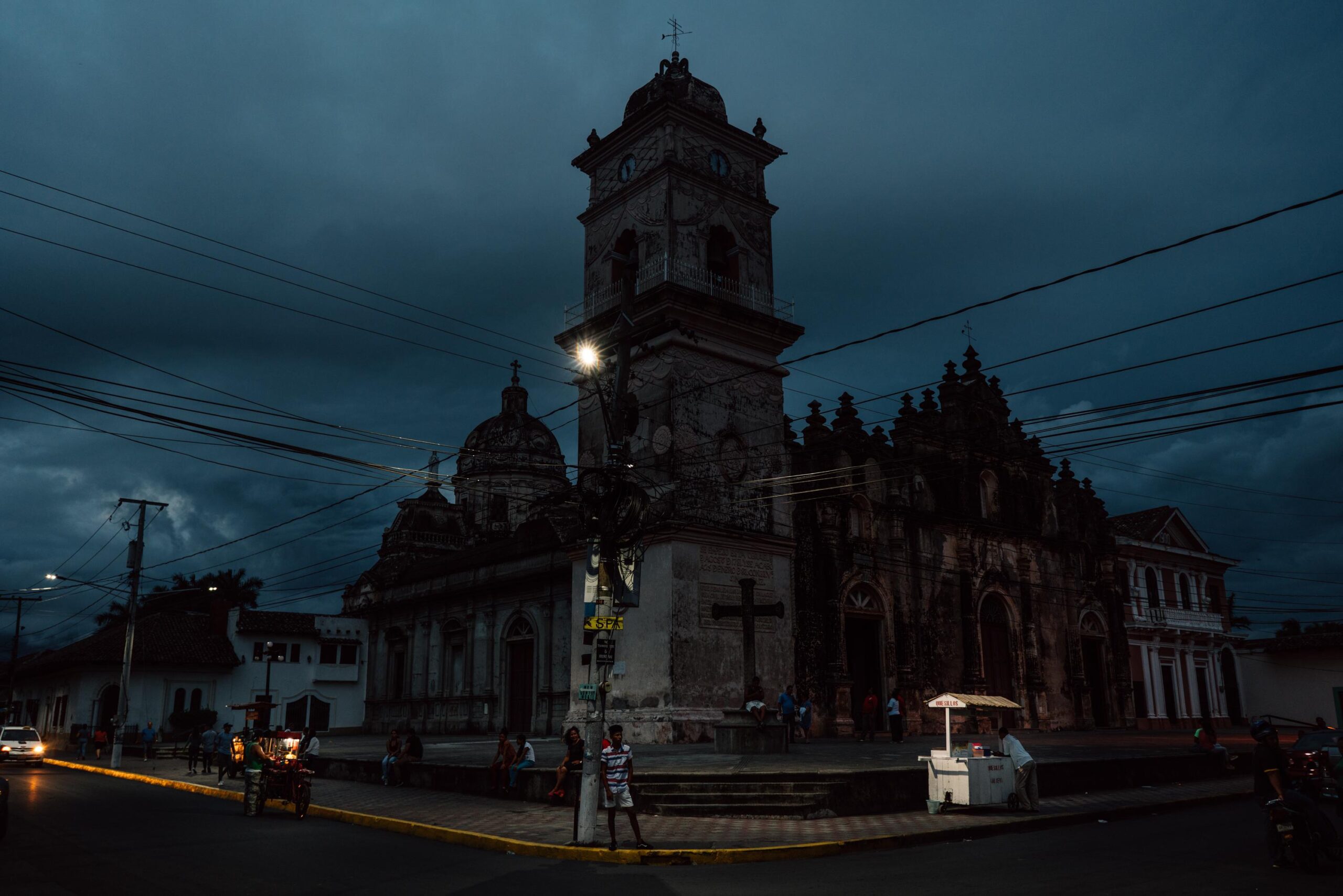Nicaragua Pt. I
I was very counterproductive myself in regards of the healing process of my rib as in not eating well and also adding a few beers to the mix to get past those long beach days. Waiting for it to heal I had maxed out my time in Tamarindo and therefore Costa Rica.
Getting daytime drunk and high was not the solution but it did pass the time. Staying in surf-towns without being able to surf is so boring, I don’t understand people who do it. Once accepted that the ability to surf wouldn’t come back in the next couple of days or probably even weeks it was time to figure out a new plan, the new plan turned out to be the old plan, get the camera back out and look at stuff, work and travel my way around a foreign country visiting the main tourist attractions. The Chilean ladies at the hotel assured me that my first stop in San Juan del Sur in Nicaragua would be just as nice as Tamarindo, they described it as the Nicaraguan version of it, which considering how the two countries differ in general was true in retrospect. The thing missing in San Juan del Sur was a surf-break just out front. There are plenty around up and down the coast, but staying in San Juan and walking to a surf-able wave is not possible.
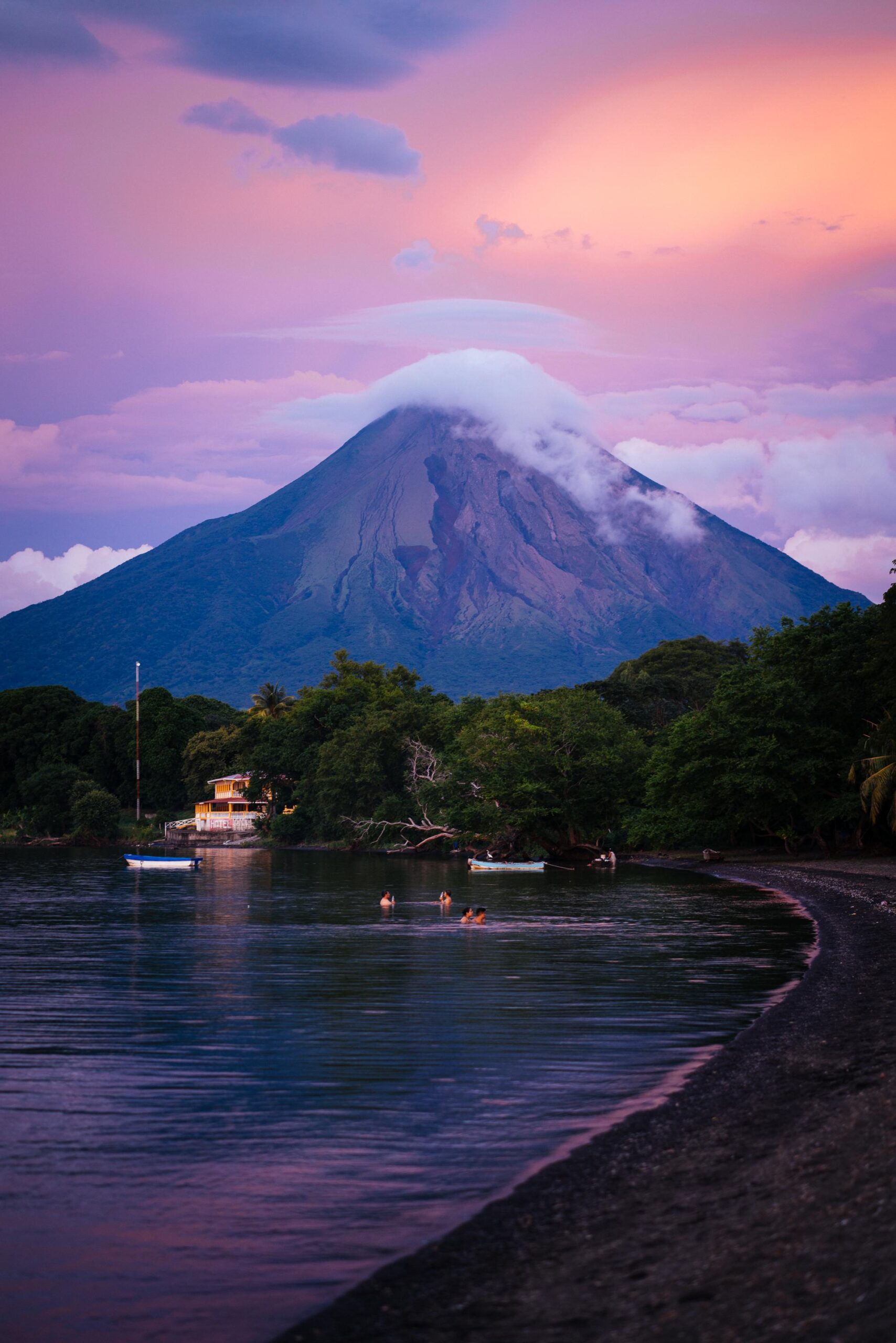
Conception Volcano, Ometepe, Nicaragua
I was blessed with one of the most beautiful sunsets when I visited Punta Jesus Maria. The sun dips down to the other side in the lake, but once it had set the colours towards the volcano were just incredible. I stuck around for a while watching backpackers take selfies and Nicaraguan families swim. Once it was time to leave I had to ride my bike home in the dark for 5km because it didn’t have lights and my phone was useless.
It is always hard to leave once I get stuck, but one day I managed to got up early and take the bus to Liberia and then switch to a bus going to the boarder at Penas Blancas. l crossed it without any problems and took another bus that dropped me off on the side of the road somewhere close to San Juan del Sur.
I got hustled to take a taxi instead of waiting for the next bus for the last part of the journey to arrive in San Juan del Sur. As I mentioned in the Costa Rica post it is the easy entry to south America, people aren’t that poor and it’s quite safe for the most part, but also very touristy, seldomly if never you’ll be the only tourist on the beach. Nicaragua was quite different, the general population seemed to have even less compared to Costa Rica. The quality of things stepped down a few levels, be it accomodation, transport, food, the smells, but also the prices were a bit lower, but stayed about the same for luxury gringo stuff. I did notice that people were a lot friendlier, not overfed by tourism and tourists as in Costa Rica. They also seemed quite content, living a very simple life heavily involved with family and the community. I especially noticed this on Ometepe, which, to be fair is quite close to a paradise if you just consider location and climate. The question I asked a couple of people was “do you prefer a life with a rented house in hell that comes with a big TV and an iPad, or your own small house in paradise. We could never find an answer as they couldn’t imagine what I referred to as hell and sometimes didn’t know what an iPad was. I couldn’t answer the question either because the definition of a small house in Nicaragua could be anything from something acceptable down to a shed with bare earth as the floor. The lack of perspective (as in doing anything else than living and staying there) would devastate me.
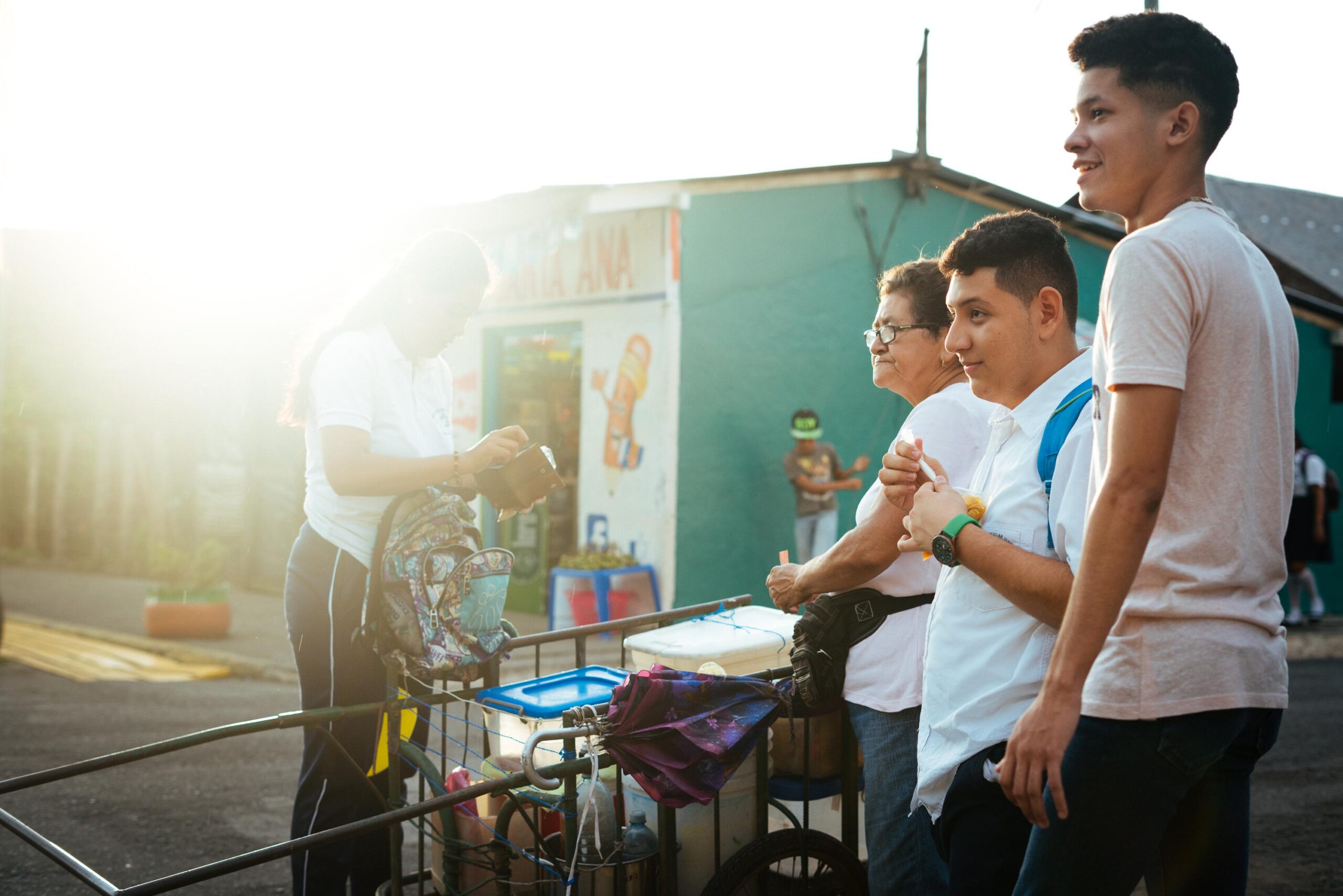
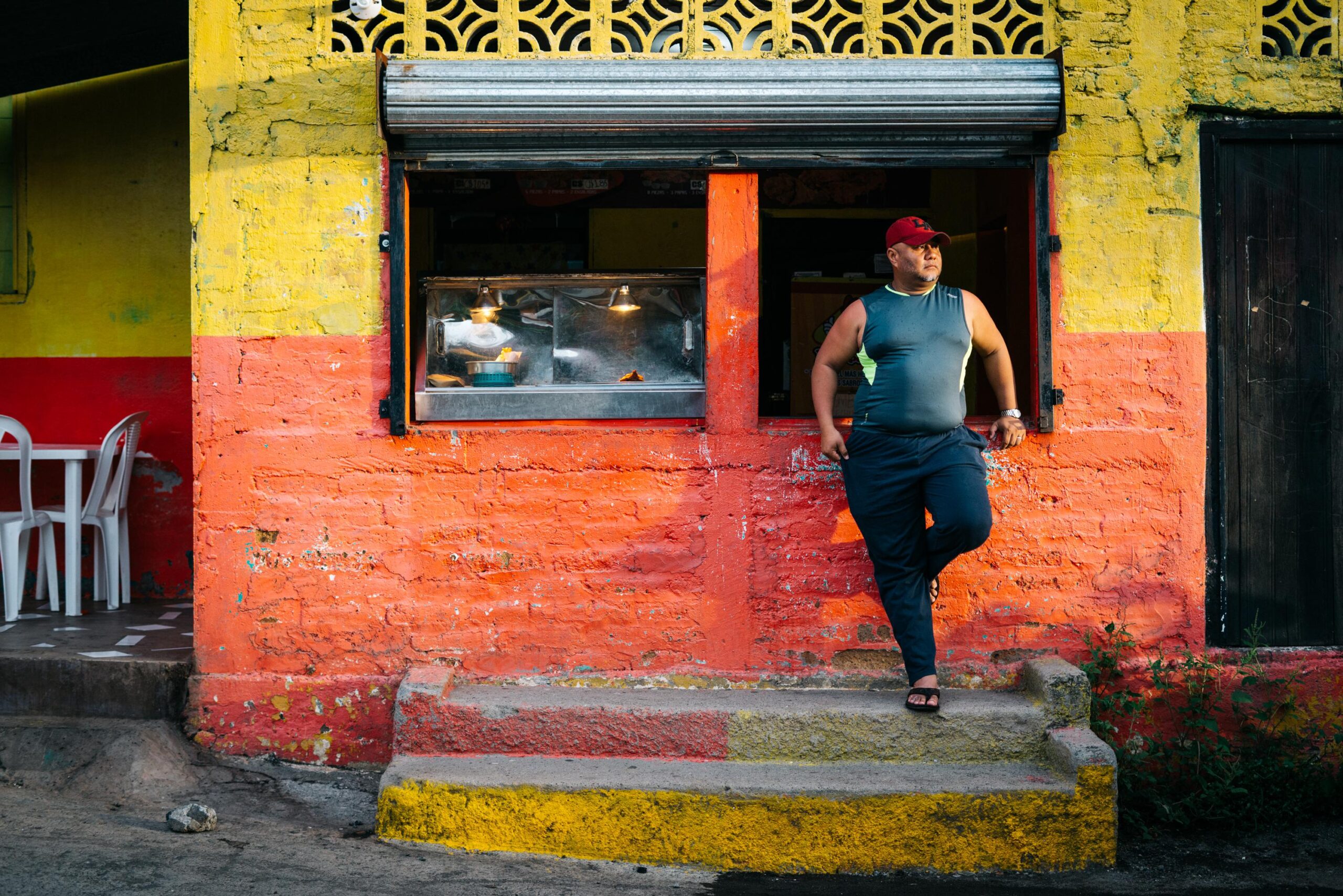
Man in front of chicken shop, Ometepe, Nicaragua
Little chicken dispensaries are found all over Nicaragua and generally in central America. I haven’t been to many if one at all as deep fried chicken with a deep dried side that has been in the little glas-box for way too long has never been too appealing. Barbecued chicken from the side of the road on the other hand is a real treat.
Mark Twain sees Ometepe, Nicaragua, 1866
“Out of the midst of the beautiful Lake Nicaragua spring two magnificent pyramids, clad in the softest and richest green, all decked with shadow and sunshine, whose summits pierce the billowy clouds. They look so isolated from the world and its turmoil — so tranquil, so dreamy, so steeped in slumber and eternal repose. What a home one might make among their shady forests, their sunny slopes, their breezy dells, after he had grown weary of the toil, anxiety and unrest of the bustling, driving world.
These mountains seem to have no level ground at their bases, but rise abruptly from the water. There is nothing rugged about them— they are shapely and symmetrical, and all their outlines are soft, rounded and regular. One is 4,200 and the other 5,400 feet high, though the highest being the furthest removed makes them look like twins. A stranger would take them to be of equal altitude. Some say they are 6,000 feet high, and certainly they look it. When not a cloud is visible elsewhere in the heavens, their tall summits are magnificent: draped with them. They are extinct volcanoes, and consequently their soil (decomposed lava) is wonderfully fertile. They are well stocked with cattle ranches, and with corn, coffee and tobacco farms. The climate is delightful, and is the healthiest on the Isthmus.”
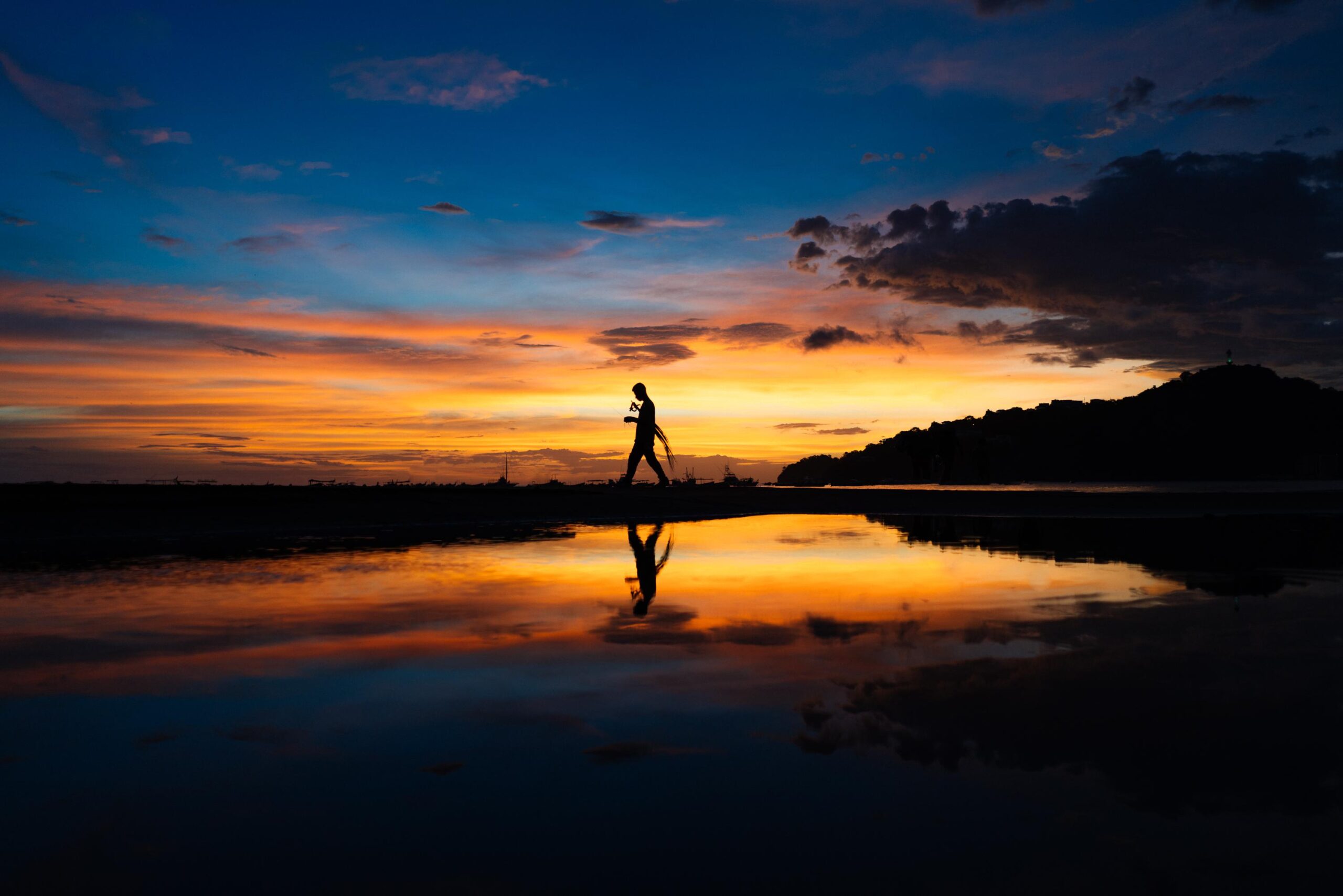
Kid after work, San Juan del Sur, Nicaragua
I met this kid a couple of times every day walking through town. He was trying to make a couple of bucks by using reed to from little animals offering them to tourists. Unluckily I was what felt like the only tourist in town so there was a lot of hope and attention set towards me. He is actually the guy I portrayed in the gallery below. One of the better sunsets in SJDS, got lucky and took this snap of him in front over the river walking home after a long day of work
Third world vibes all over the place, a prime example are the buses, old American school buses converted into local or intercity transportation. The main conversion they do is give the bus some sort of crazy airbrush paint-job, put a whole lot of lights on and some Christian motivational sayings in it.
Every bus is more colourful and shiny than the other, but the seats stay the same, fit for American school children age 7-14. (Luckily Americans are quite “big”) They’re called chicken buses because there’ll be a high chance somebody will be transporting a bunch of chickens among a whole lot of other stuff people back in the western world wouldn’t normally take on a bus. Another explanation I’ve heard later is that people in there get stacked like chickens. These buses are the rawest form of bus transportation I’ve come across so far (the 10h Thai minibus comes close) fun for the first time but the lack of comfort, air-conditioning and also speed got to me after a while. Sometimes you have to wait for half an hour in the blistering sun, the bus filled to the last seat, there is nothing you can do but start dripping. Food also needs to be taken with caution in Nicaragua, at least at street level. One day I thought it would be a clever idea to buy a chicken based snack from one of the vendors offering their stuff on the bus, I thought eating a few bits of chicken on the chicken bus sounded great. As a result I got quite sick and had to lay down for 3-4 days. I hadn’t finished the food and I already knew that this wasn’t going to end well, I made it just about to the hotel before I exploded for a couple of days.
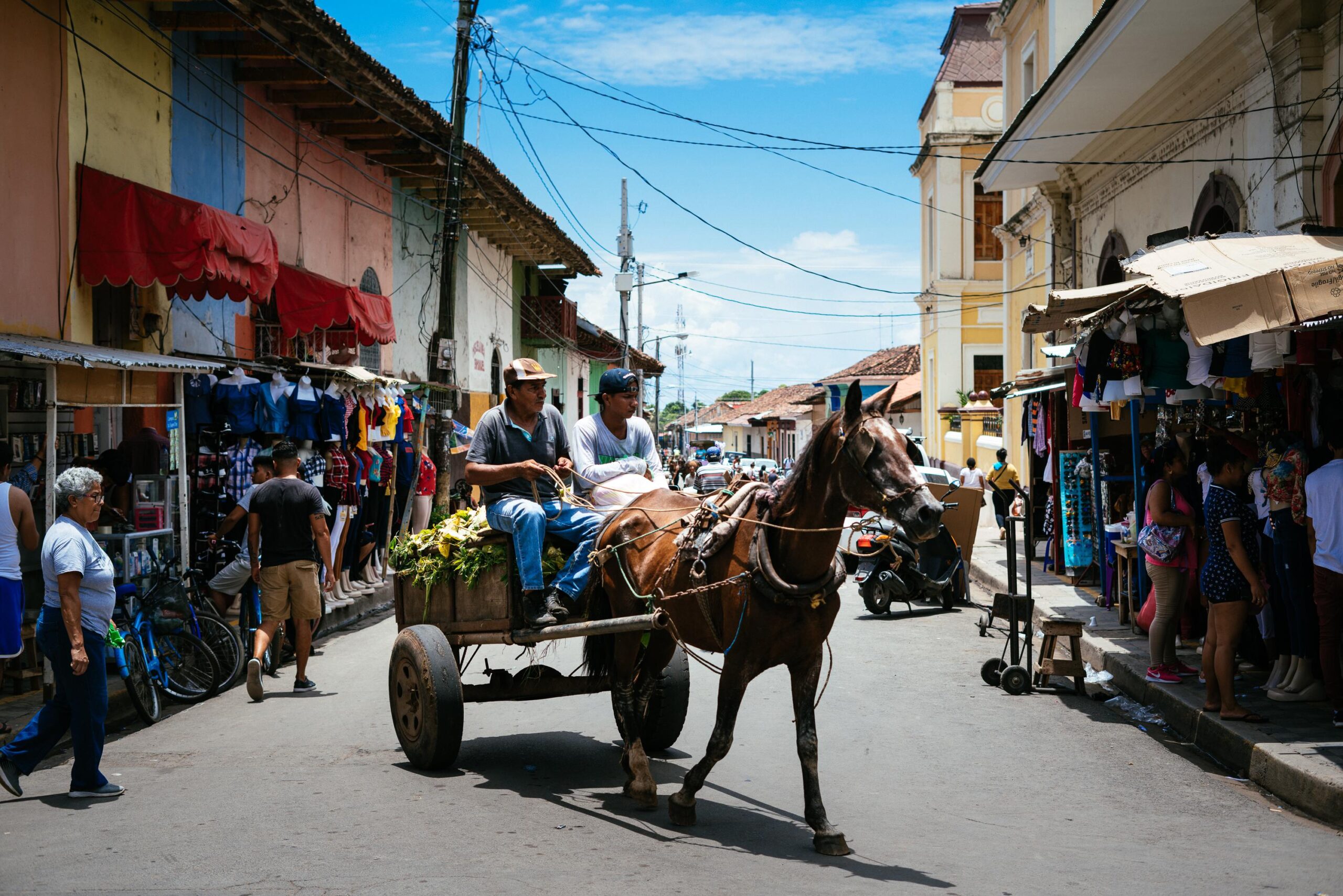
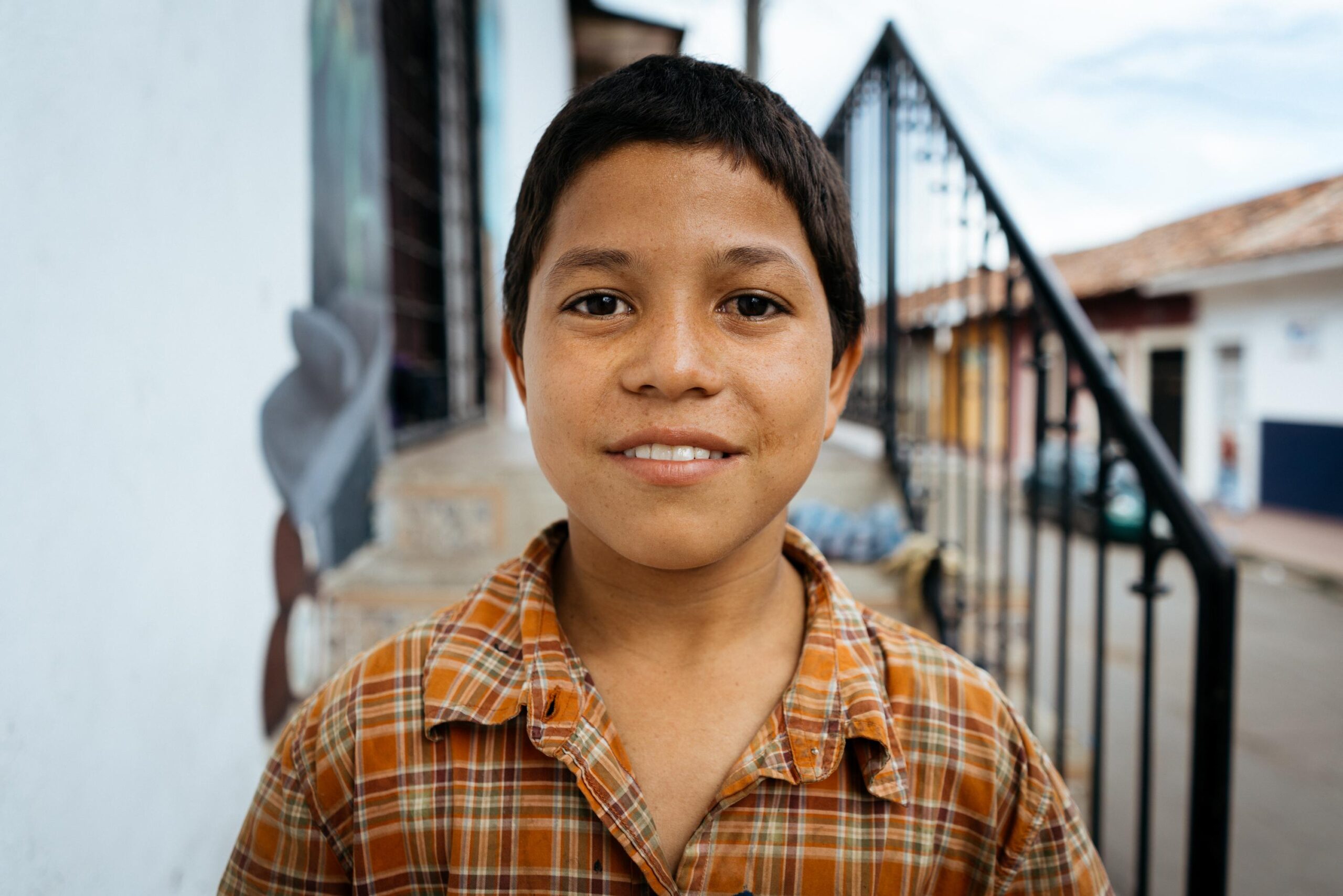
Kid, Granada, Nicaragua
People were poor in this country and constantly hustling for money. On one of my walks through town this kid came to me and asked the usual, give me money, food hungry etc. Depending on my mood I’m down to give something, most of the time I ask them if I can take a photo in return. This way I happily give them something, sometimes I even have a portrait I like and they got a little more money than just a few pennies.
When I arrived to San Juan del Sur I booked a place above a cafe on the beach front. A nice colonial style building with a room that had a balcony overlooking the busy street out front and the beach behind, quite basic itself but overall the value/price relation was a bit better compared to Costa Rica.
The two Chilean ladies told me that San Juan del Sur was very nice, they had been a couple of times as it was their go to visa-run destination. Their praise gave me high expectations but they were not quite fulfilled. It was true that San Juan del Sur was somewhat the Nicaraguan version of Tamarindo, even though this so called surftown didn’t have a break right out front but shuttles that went to the surfbeaches nearby instead. I’d call it a backpacker-hostel-party-beach-town, which besides surfing is mostly famous for the Sunday funday pubcrawl and the statue of Jesus Christ overlooking the bay. I passed the time lounging around, drinking coffee and working a bit. The beach wasn’t particularly nice, neither was the town. The cafe below the hotel I stayed in was though, called “la Tostaderia”. I had a bunch of cappuccinos there, whilst looking at the beach and the busy street out front. The whole town seemed a bit dead, there wasn’t much going on, many of the stores and restaurants along the beach were closed and there weren’t many tourists around. I stayed for a couple of nights, did my research on the things to do in Nicaragua and quickly learned that the next place to travel to was Omtepe, an island with two volcanoes in the lake of Nicaragua. The beaches in Nicaragua in general didn’t seem to be the nicest unless surfing is a priority. The more interesting stuff lay inland. Whilst travelling through the country I noticed that it had a lot more culture or more culturally relevant places to offer, old places to look at, churches, colonial towns, forts etc. Costa Rica seemed so culture-less, there weren’t many historical buildings in the cities and except for the “Pura Vida” and casados everybody loved there wasn’t much to it on the historical/cultural side. Another interesting observation that I made was that woman became constantly less beautiful the further I travelled north. The most beautiful ones I found to be in Columbia and most likely Venezuela, Panama still had plenty of pretty ladies, things thinned out in Costa Rica and then Nicaragua didn’t have too many cuties. The same could be said for Guatemala and southern Mexico, I don’t know about Honduras and el Salvador.
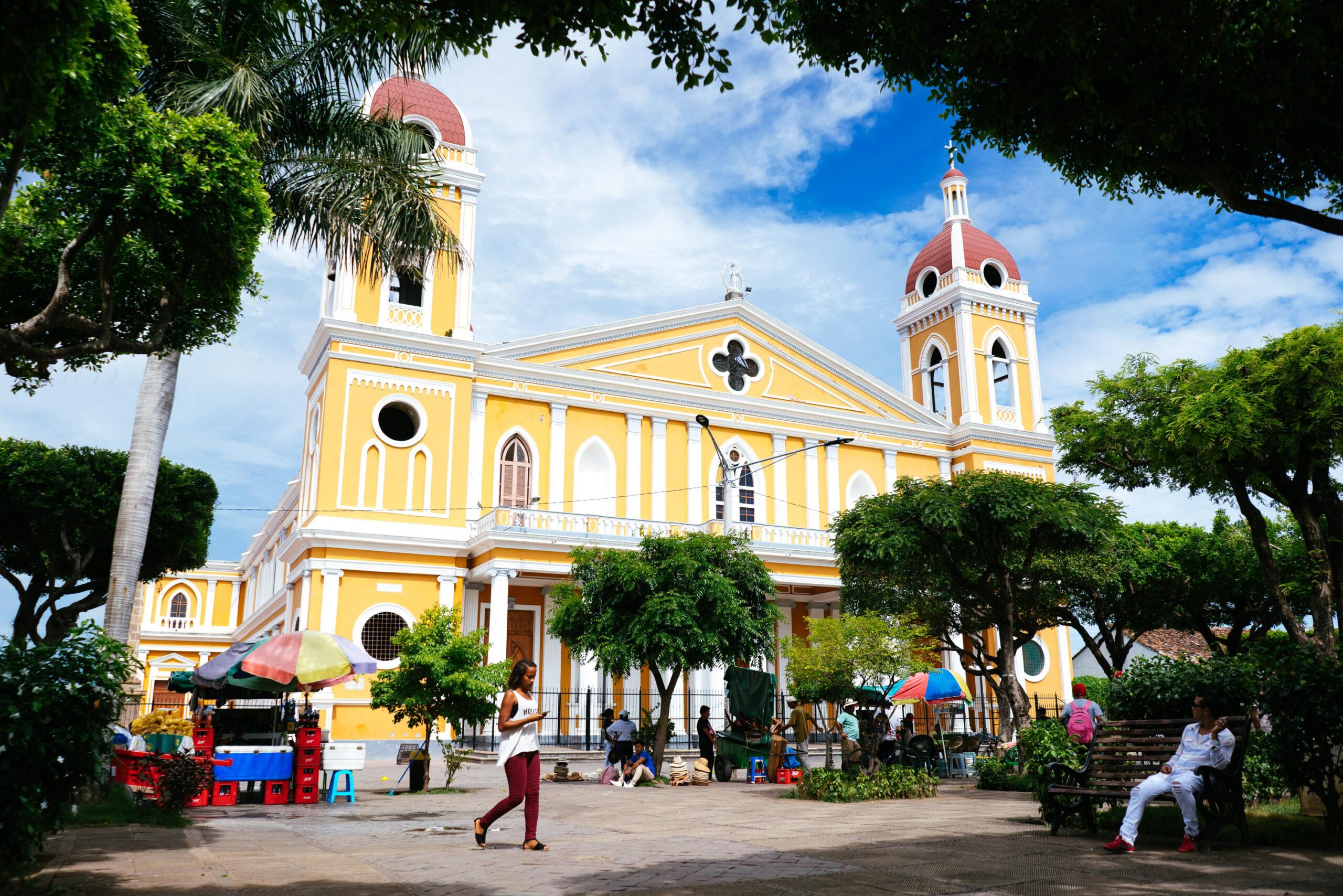
Parque Central de Granada, Granada, Nicaragua
This is the main plaza in Granada and also the most beautiful one. The city is quite touristy with internationals as well as Nicaraguans, so it is always clean and well kept. I’ve spent quite a few hours sitting in the cafe on the south side of it, overlooking the road with the horse carriages and the plaza with the cathedral behind it. A bit out of sight, also guarded by a security guard so there wasn’t too much stress enjoying one of the many overpriced cappuccinos. Perfect place to watch the hustle and bustle in the plaza, the vendors, tour operators, locals, tourists, buskers, salesman all were very entertaining to watch.
Two rides on the chicken bus and a ferry later I arrived in the town of Moyogalpa on Isla de Omeptepe. I booked a few nights not far from the ferry in a very basic accommodation. Sadly I was too cheap to pay the couple of extra dollars needed to get a scooter and rented a bicycle instead.
The island is quite large and due to the geography of the two volcanoes next to each other quite hilly as well. It was hot, wet and humid, so exploring the island turned into a very sweaty operation. It had what I called “the mountain of death” on the road connecting the northern and the southern part of the island, a slow incline from 0 to 250m above sea level, nice to go down but the way up was incredibly hard. I took it as some form of exercise as the travellers’ life can be quite lazy, mostly depending on the modes of transport and activities that are chosen. Still, I made it to the other side of the island and it only took most of my day, I planned to cycle around the whole thing but failed due to time, exhaustion and supposed road conditions, so I had to ride the same way back that I came. I rode more than 50km that day, 15km uphill. It was great to see that life here was still very authentic as in basic, the people worked mostly in agriculture, be it animals or fruits and vegetables. The streets were filled with cows, men on mopeds covered in dirt from a hard day of fieldwork in their way home to what we would call a shed, the occasional backpacker couple on a scooter and children returning from school. People were friendly and happy and 9 out of ten people that I greeted greeted me back with a smile, also giving me props for riding a bike rather than a scooter and being confused to find me on a bike in the north of the island.
